SUMMER ON THE ANCIENT WALLS
My favorite archeological site in this area with plenty of them is situated on a small hill about seven-eight kilometers from my hometown.
I visit this place often, especially in springtime and summer when I can find many flowers, insects, and spiders in the place where an ancient city once stood. The surrounding woods which provide plenty of refreshing shade on a hot, sunny day, have also many interesting details to offer.
It's the kind of place where I can never get bored.
Besides the obvious fragments of ancient architecture ...
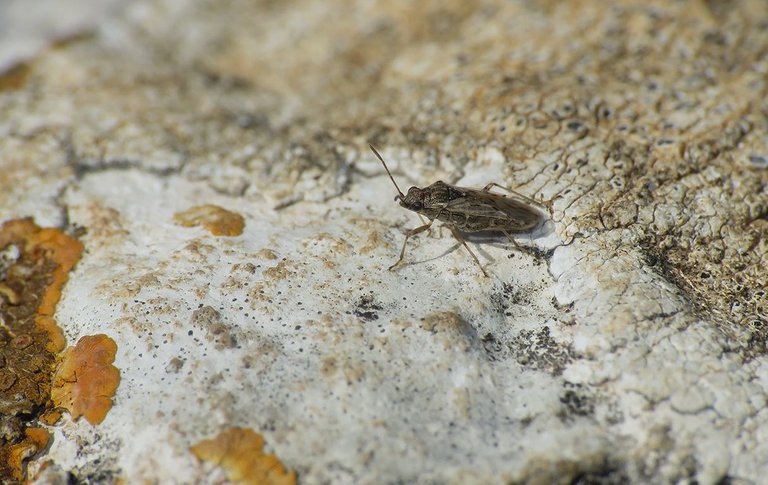
... one can find a nice variety of plants and small animals ...
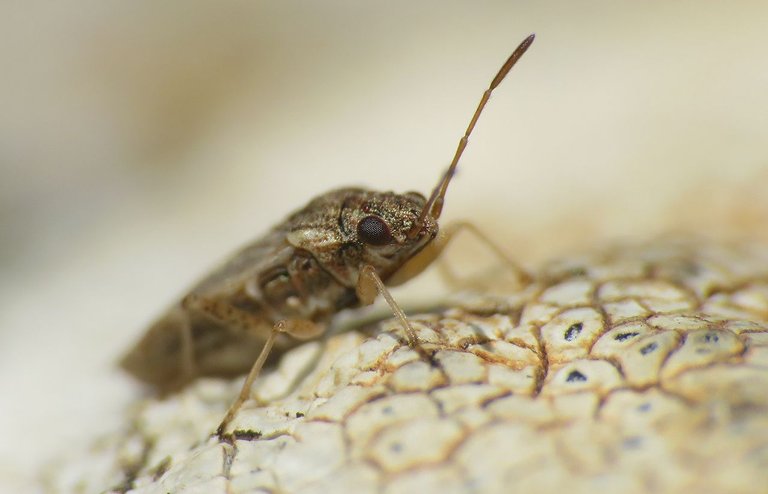
... that look great when seen through the macro lens. This is the Ortholomus punctipennis, a bug from the Lygaeidae family. You can see the adult insect in this photograph. In the following shot ...
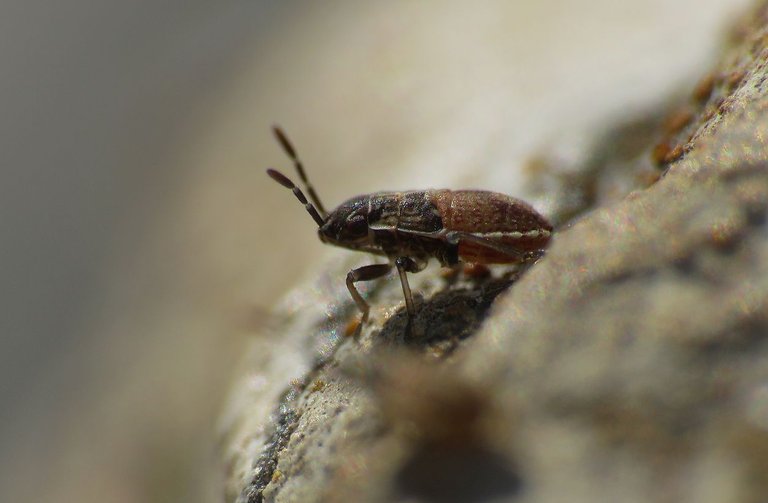
... you can take a look at the young, wingless nymph.
Nymphs were present in large groups on the ancient walls, in the period when these photographs were taken, and with those horn-like antennas, they looked a bit like wild goats in the alpine environment.
All stones are at least partially covered with lichens ...
... and in many places, the fern is growing from the fissures and crevices. This is the Asplenium trichomanes, a species that grows in stony habitats all around the globe.
Here you can see the Arctia villica. These beautiful moths can be sometimes seen resting on the warm stones during the summer.
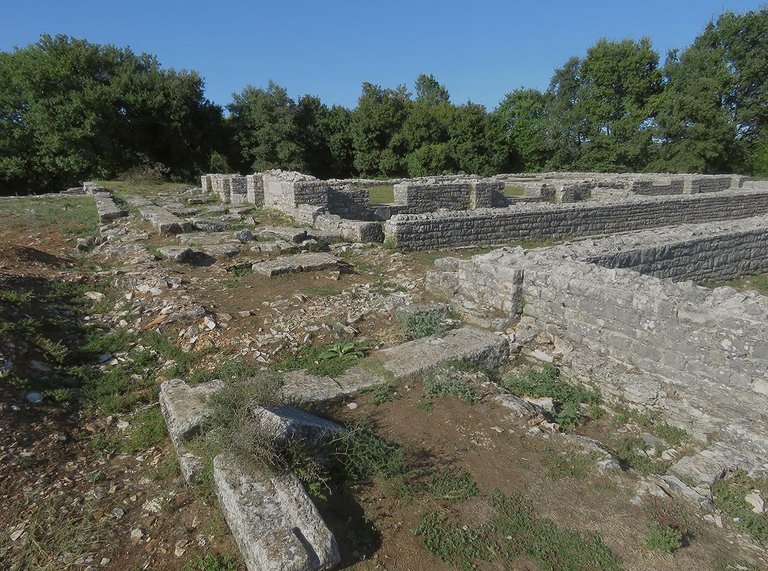
This place, Nesactium, is mainly known from Roman written sources ...
... but the archaeological findings show that its story began much earlier, many centuries before the Empire started to spread eastwards.
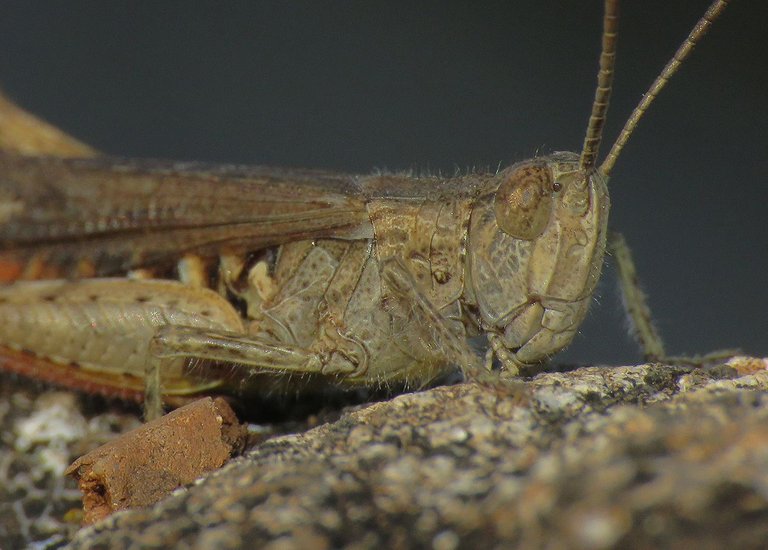
Here you can see one of the many grasshoppers that jump all around the area and can be often seen on the walls.

Gomphocerippus rufus is the name of this very common species, widespread across all Europe and temperate parts of Asia.
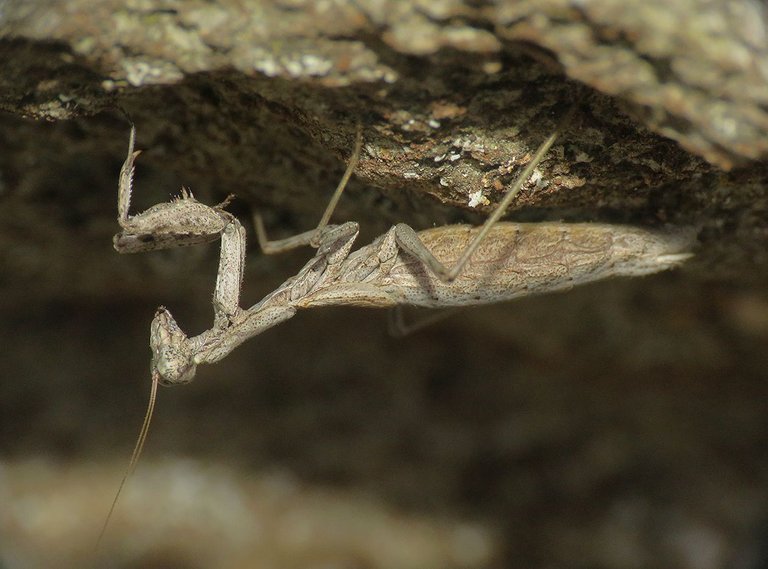
Mantises are well camouflaged on the stones ...
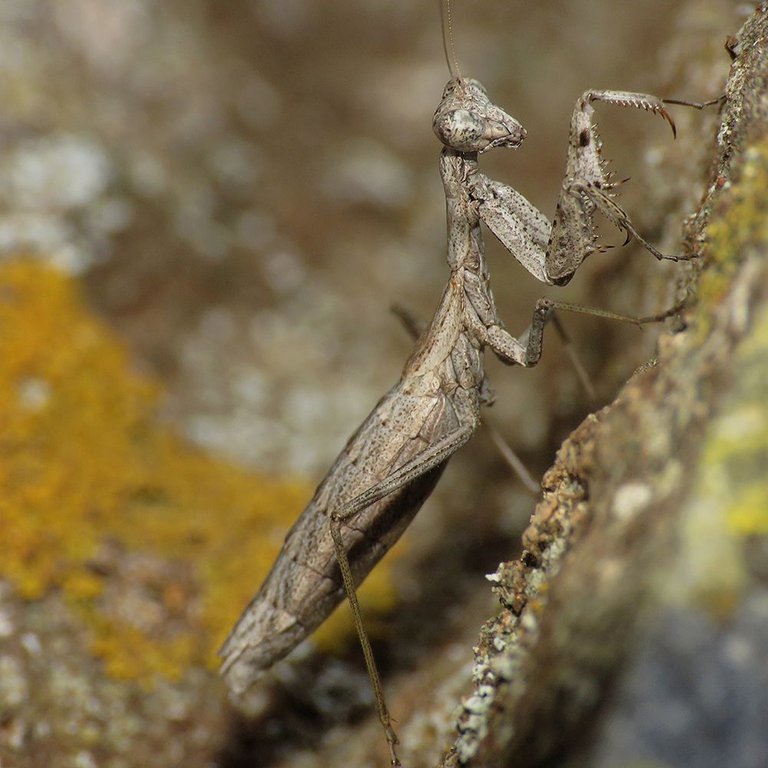
... and often hunt on the remains of the ancient town.
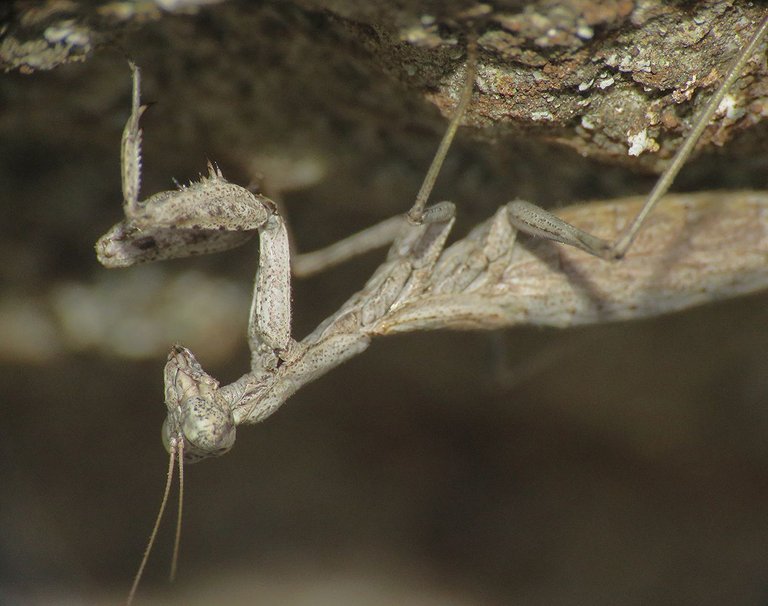
Here you can see the young, wingless nymph of the European dwarf mantis (Ameles spallanzania)

Some insects have colors and markings that work even better in this environment.
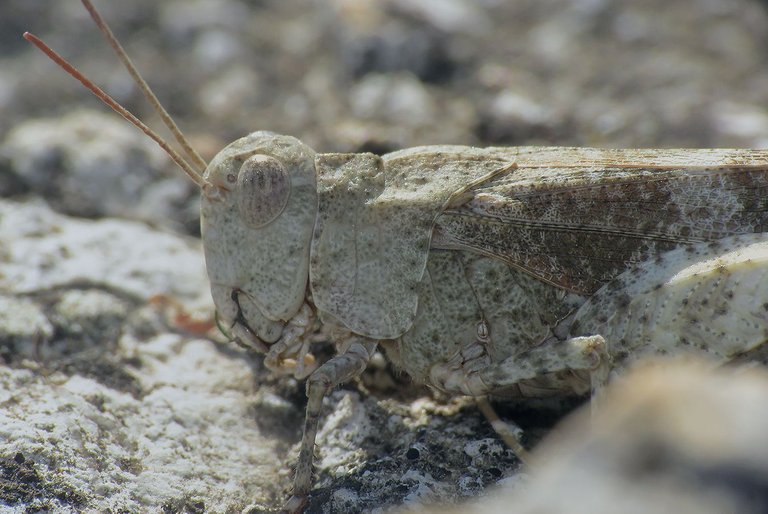
This grasshopper is almost invisible.
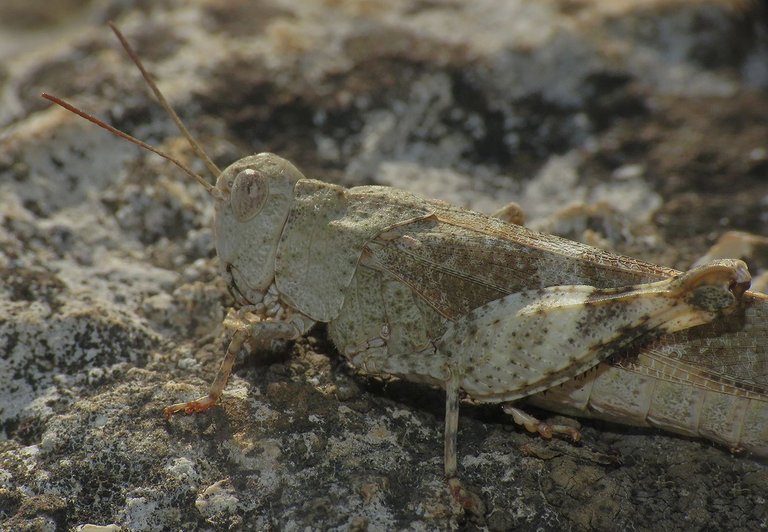
The Blue-winged Sand Grasshopper (Sphingonotus caerulans) is very common and numerous in rocky seaside habitats but on this green wooded hill, I encounter this species only among the stones of the archeological site.
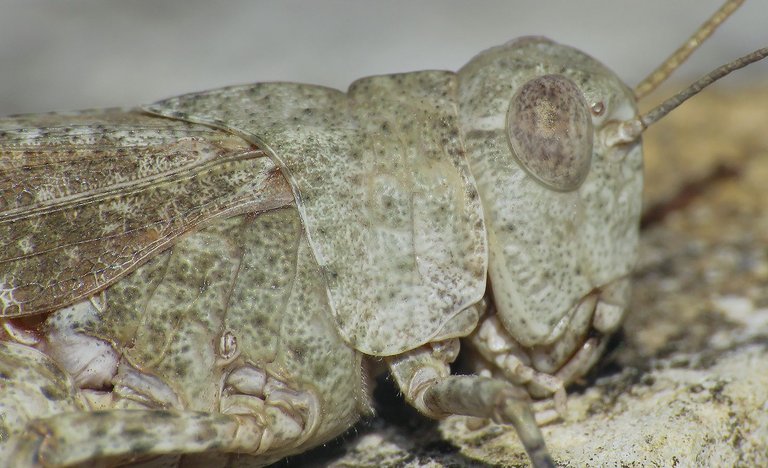
Usually, I notice these grasshoppers only when they jump away, showing their sky-blue wings.
Traces of human activity, fragments of tools and pottery can be followed from the Neolithic all through the Bronze age when the first fortification was erected.
In that period, at some point between 1800 BC and 1200 BC, the entire plateau was encircled with a defensive wall and terraces built in drystone technique, and on its more accessible western side, another, considerably thicker stone wall was added.
Quite a few centuries later Roman walls were built above the prehistoric ones, which are still partially visible and can be followed.
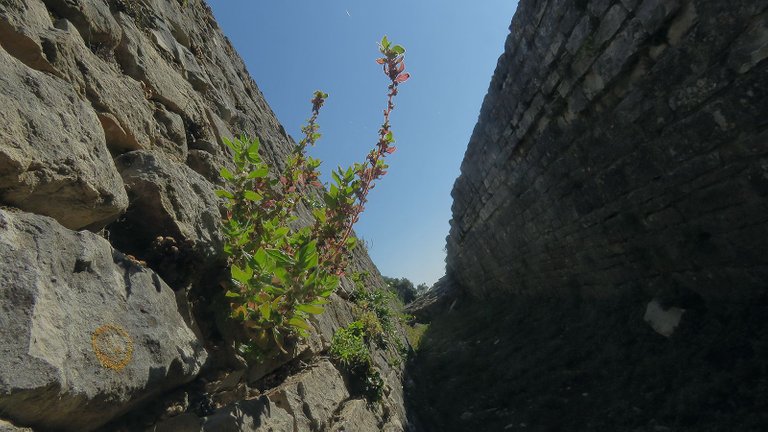
Today, a couple of thousand years later, an interesting community of plants can be found on the remains and reconstructions of the walls. In this photograph, you can see the Parietaria judaica. Young leaves of this weed that often appears on the walls and ruins in urban areas are healthy and edible.
Here you can see the Setaria pumila. This grass is commonly known as the Little bristlegrass.
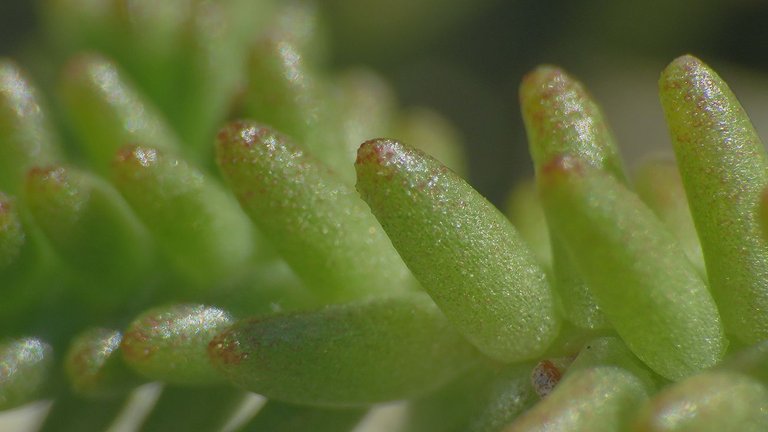
Here you can take a look at the small, succulent leaves of the Sedum sexangulare plant. The photograph was taken through a macro lens.
In this triptych, you can take another look at the aforementioned plants, introduced in three previous shots
In the lower right angle of this photograph, you can see the Heliotropium europaeum.
I came across some interesting creatures ...
While photographing the tiny, white flowers of this plant.

Here you can see a mating pair of Aphthona flaviceps. These flea beetles from the Chrysomelidae family use their thick, strong hind legs to jump like fleas. They are also very small, so it's easy to mistake them for fleas at first sight.
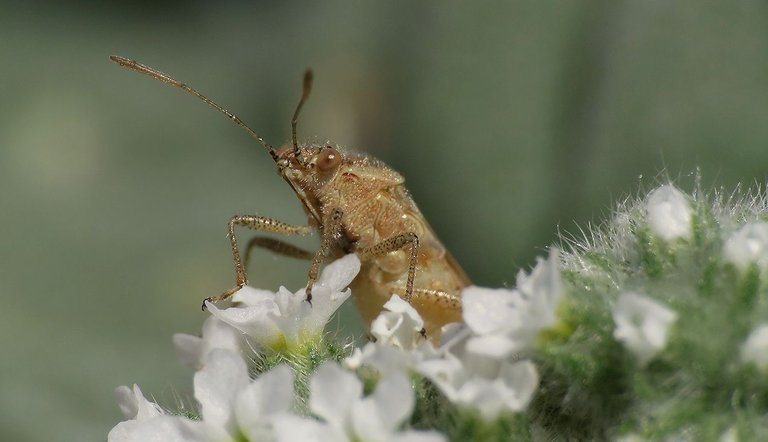
This Ortholomus punctipennis bug appeared from behind another cluster for flowers.

On the fresh, juicy leaves underneath the flowers, I encounter two shield bugs.
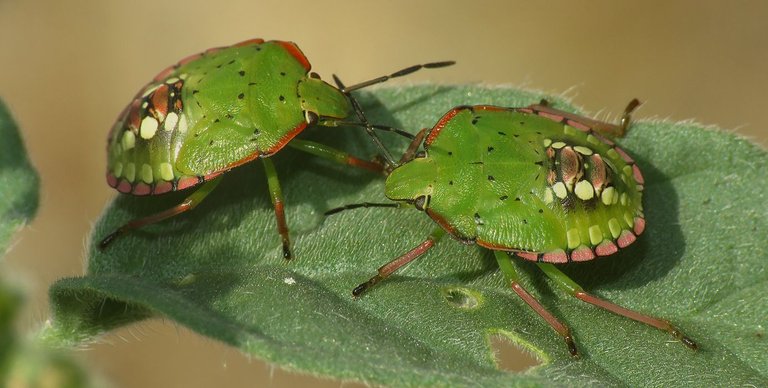
These are the wingless nymphs of the Nezara viridula stink bug.
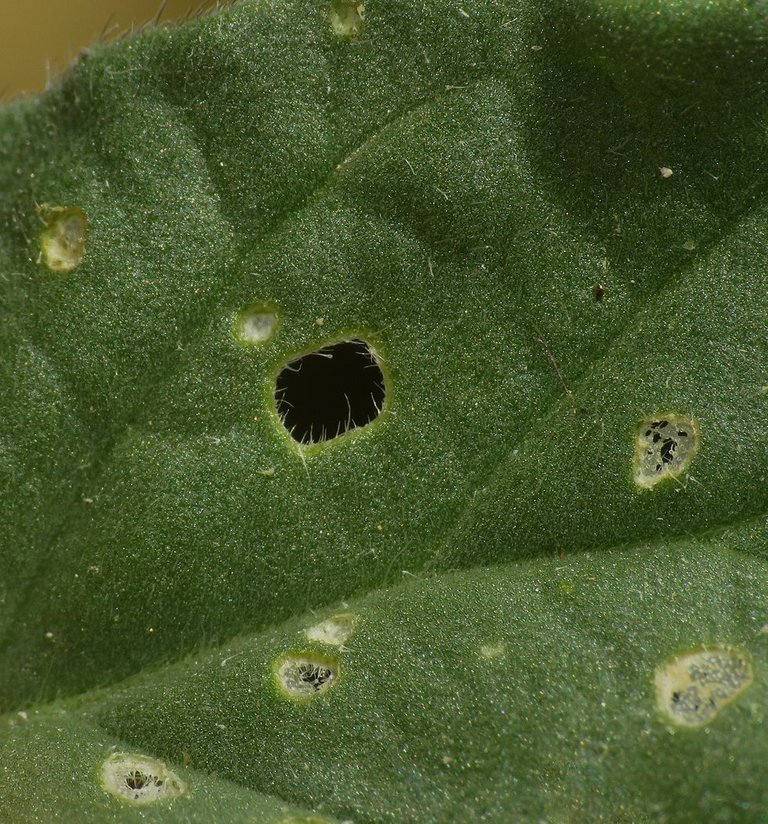
I noticed quite a few small holes on the larger leaves near the base of the plant.
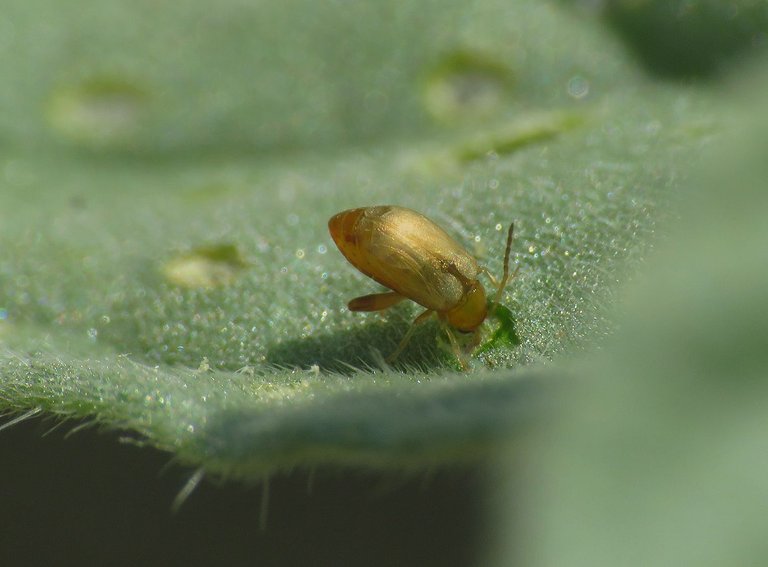
The missing plant material was eaten by flea beetles. Here you can see a hungry Aphthona flaviceps creating one of those mysterious little circles while feeding on the upper surface of the leaf.
You can always find some action around the Heliotropium europaeum plant.
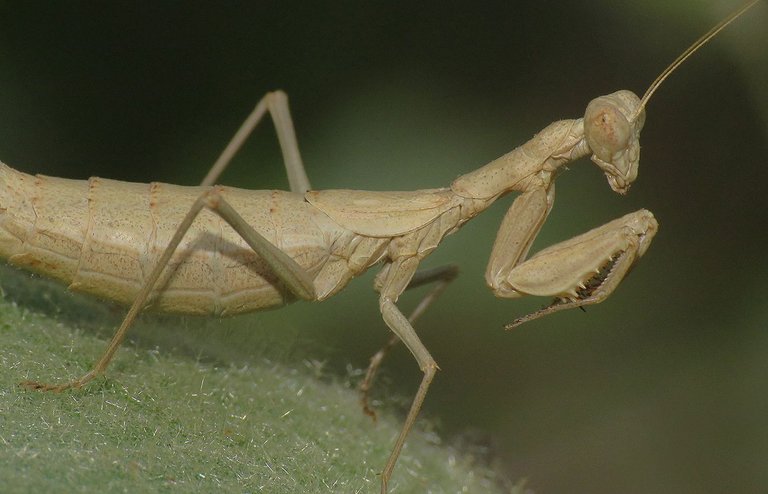
This mantis, an Ameles spallanzania nymph ...
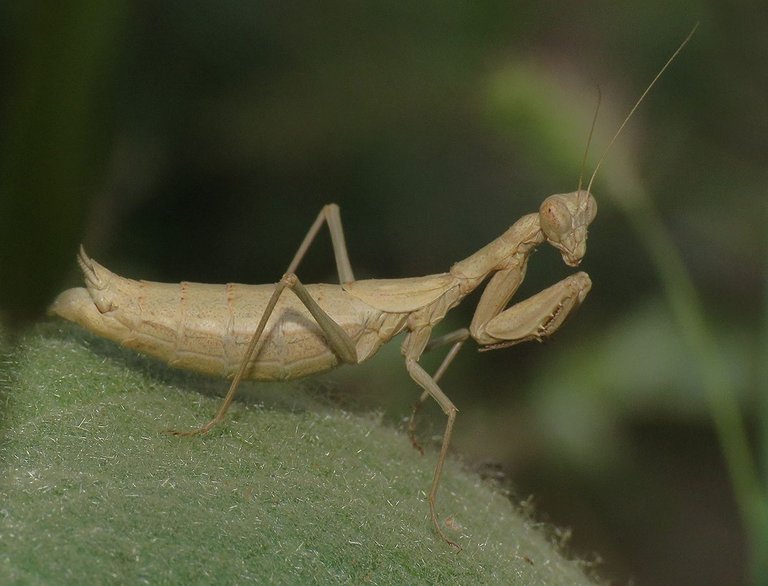
... was searching for prey.
Some grasshoppers were busy mating. Adults of this species, the Pezotettix giornae, have very short wings and look like young, wingless nymphs.
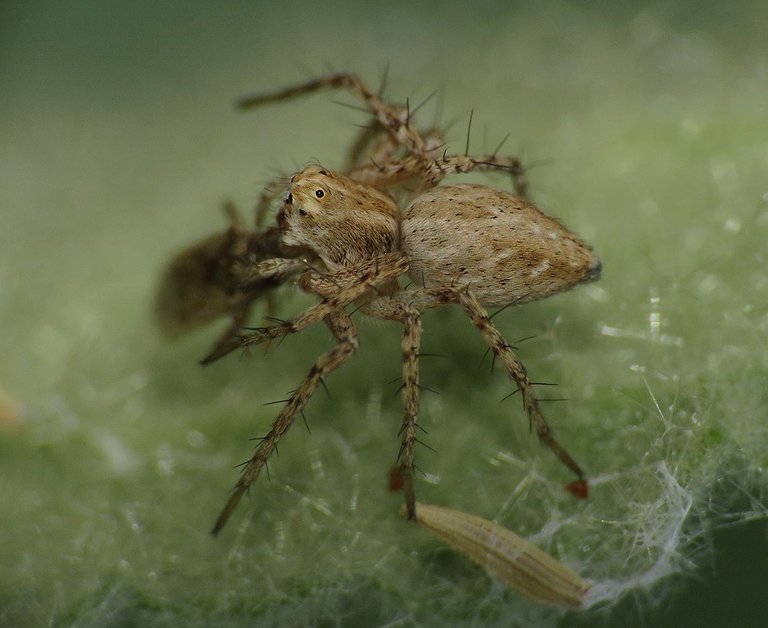
The Lynx spider Oxyopes heterophthalmus has caught the Ortholomus punctipennis bug.
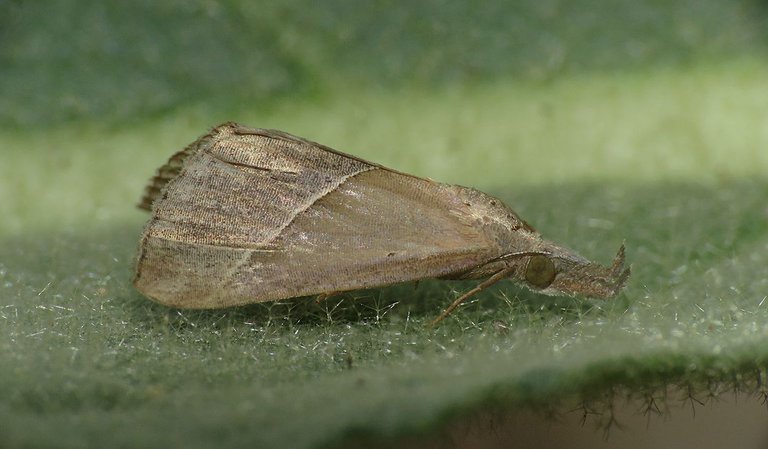
This moth, don't know the exact species - the family is probably Crambidae, was just resting on the hairy leaf of the Heliotropium europaeum.
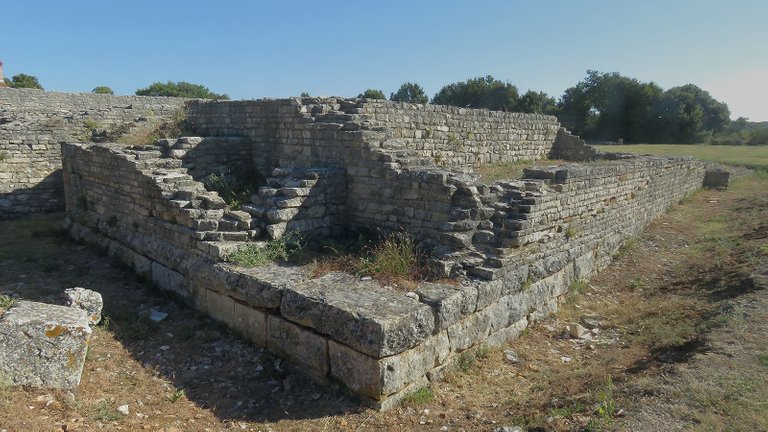
Most of the knowledge about the pre-Roman Nesactium came through the findings excavated in the Iron age necropolis of the people called Histri.
According to the descriptions written by the first explorers in the period from 1900 to 1905, the aforementioned burial ground was placed in the same area where an older, Bronze age necropolis was situated.
114 greaves were explored in those first years of excavation. Urn graves and vaults often had a family character. Small groups of people were put to final rest there.
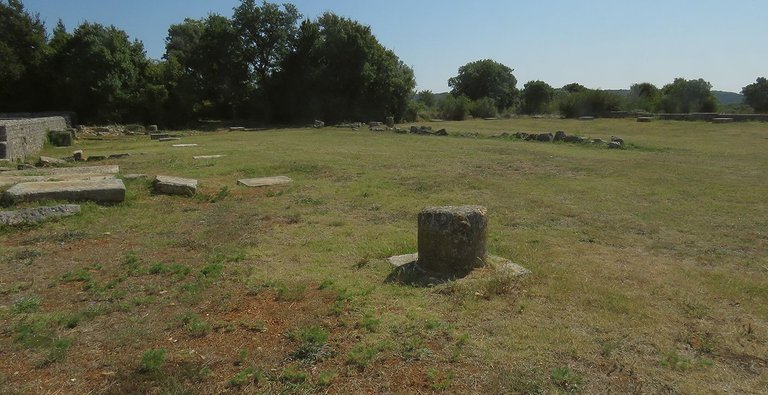
The most frequent shape for a grave structure was a box made of thin limestone slabs. The urns containing the remains of the deceased were placed in those boxes.
Numerous grave offerings were found alongside the deceased. Daunian, Etruscan, Venetic and Greek pottery. Bronze situlae (various elaborate bucket-shaped containers) with figural motifs. Various tools, weapons, and jewelry.
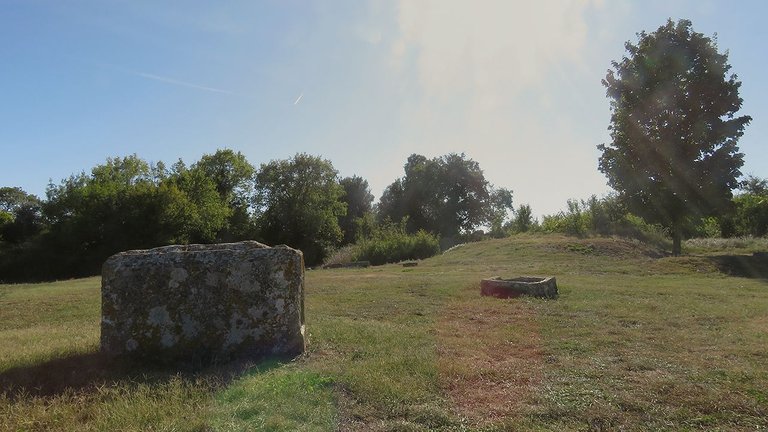
The amount of unique, important Pre-Roman archeological findings excavated here, in Nesactium, brought to the founding of the Archeological Museum of Istra in Pula, the nearest city. The year was 1902. Today, those exhibits can still be seen there.
This very small jumping spider, don't know the exact species, that holds some minuscule, unidentified prey in its fangs ...
... was photographed on one of these elegant flowers of the Clematis recta plant. Unlike other species of Clematis from this area, this one doesn't grow as a climbing plant. Clematis recta is a small, freestanding shrub.

In this photograph, you can take a look at the fluffy seed of that same plant.
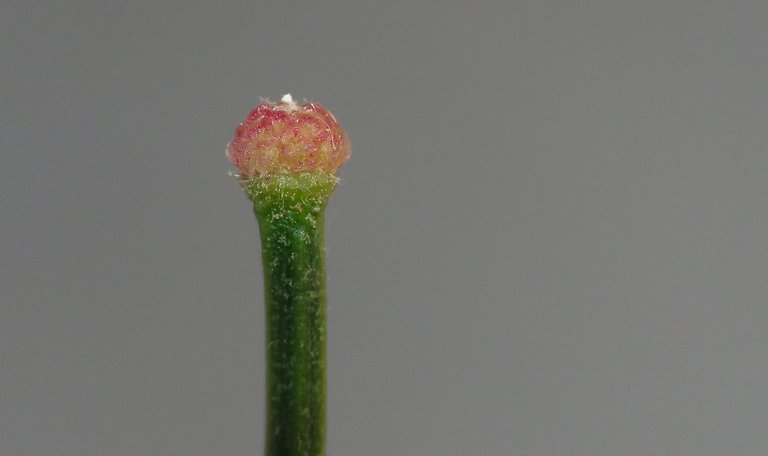
Here you can see the barren stem. The petals and seeds have fallen.

The main narrative about this place, the first thing I ever heard about Nesactium, long ago as a kid ...
... it's a story of a siege and destruction after which this peninsula was dominated by the Roman Empire for many centuries.
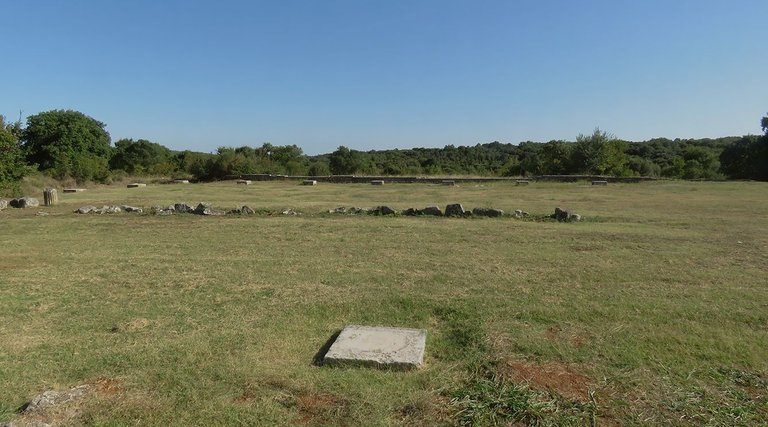
The Romans first attacked the people called Histri, an alliance of tribes united under one king, in 221 BC when only a few minor fortified towns on the coast were destroyed.
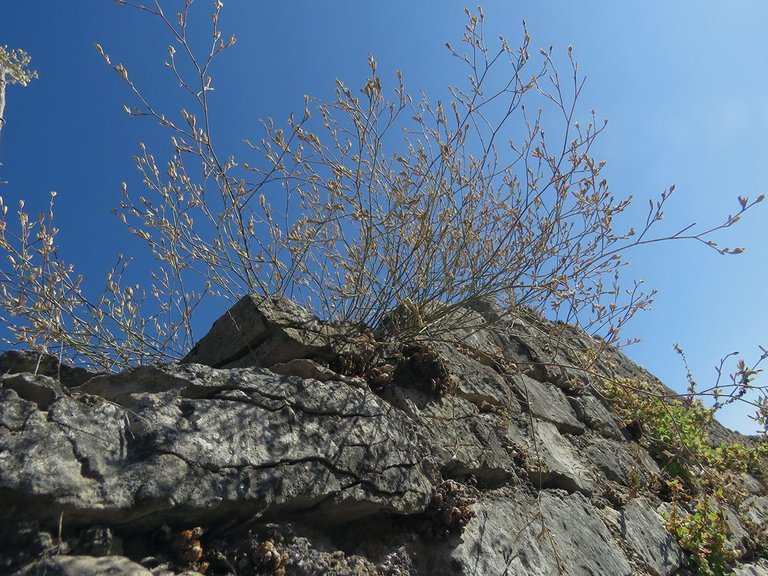
The Histrian survival and economy revolved around livestock breeding, agriculture focused on grapevines and olives, hunting and fishing were also an important part of that ancient lifestyle, and so was piracy, which was a relatively legit activity along the coast dominated by certain tribes. They weren't isolated, the sea is great in connecting people for better or worst, so the trade was always going on along with the piracy.
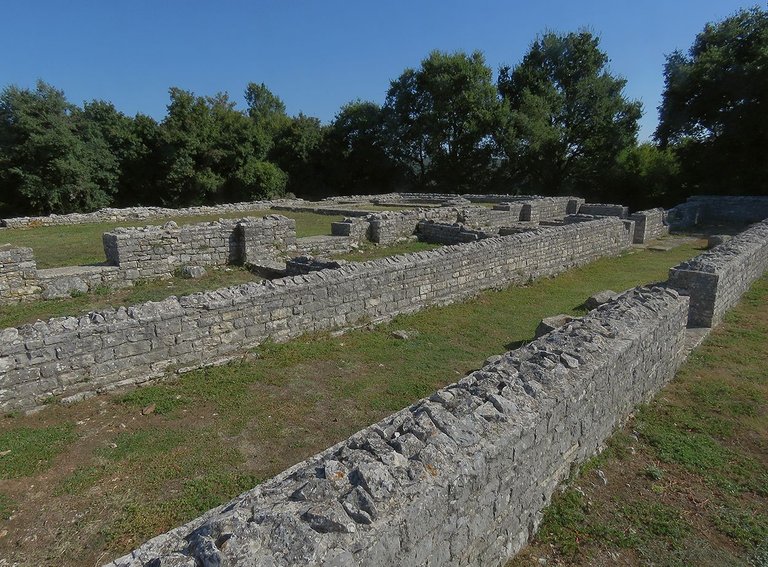
The shipbuilding techniques of these ancient people were pretty sophisticated. Their fleets were made of some very good-looking and efficient boats and ships. The port of Nesactium was situated three kilometers from the city, in the bay called Budava. The following link will take you to one of my recent posts in which you can take a look at Budava bay.
https://peakd.com/hive-163772/@borjan/budava-in-springtime
In 183 BC the consul Marcus Claudius Marcellus, an important military leader that was also elected consul of the Roman Republic not once, but five times, and had a role in the Second Punic War, started planning another campaign against Histri.
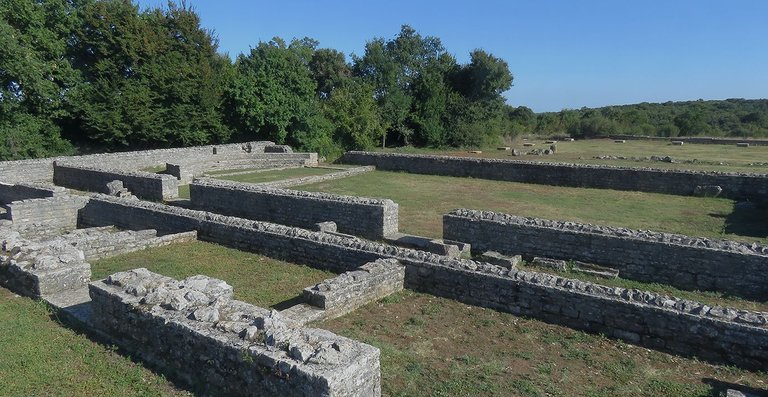
In 181 BC, near today's Trieste in Italy, not far from the lands of Histri, the Romans established a new colony called Aquileia.
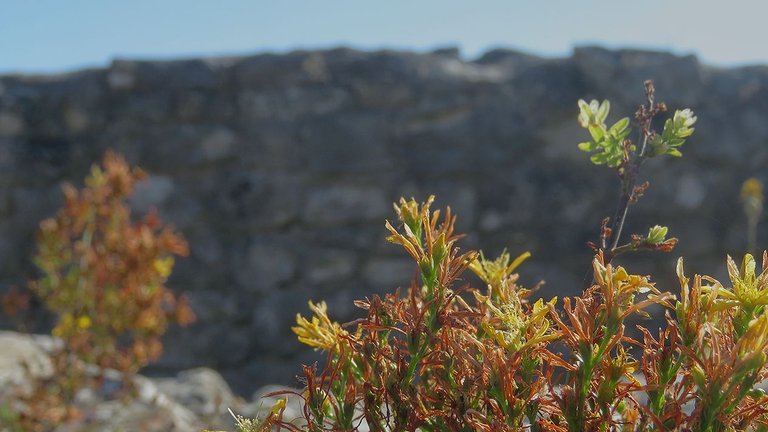
After years of preparations, in 178 BC, the second war against Histri was ready to start - so it started. And continued with victories and defeats on both sides throughout the whole year.
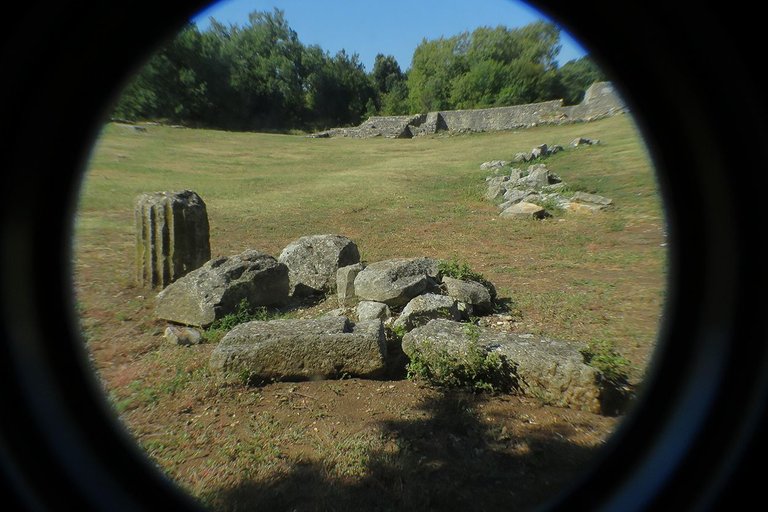
In 177 BC the Romans were prevailing. The army and elite of the Histri, led by the king called Epulon, were under siege in the biggest stronghold in the southern part of the peninsula - Nesactium.
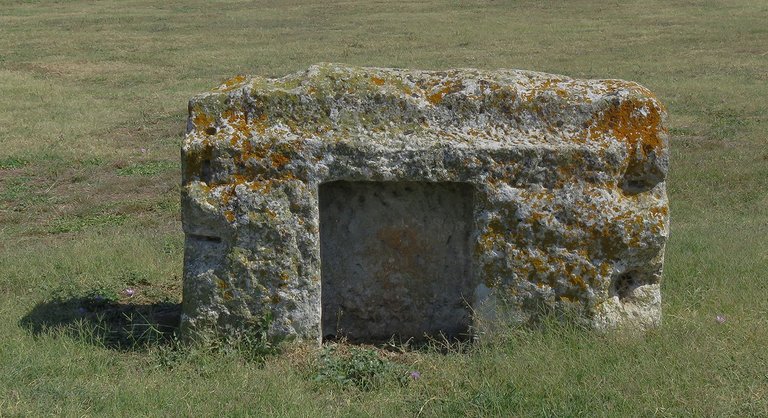
The story goes that when Epulon saw that the end is near, he committed suicide.
In this photograph, you can see a contemporary building for a change. It was built at some point between 1900 and 1905 during the first series of excavations, and inside ...
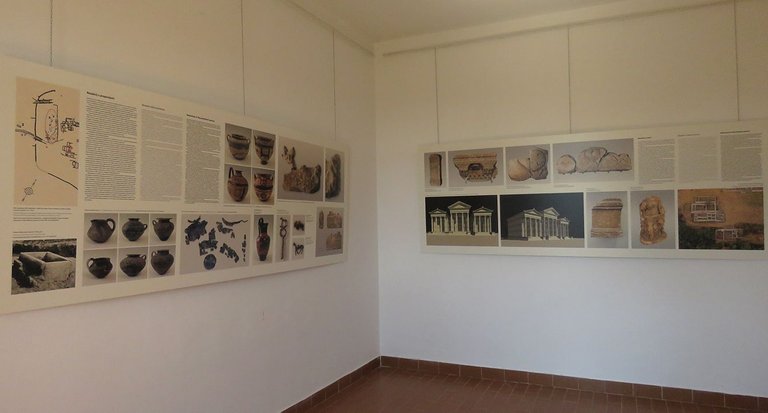
... among photographs, CGI images, and written information ...
... displayed on the walls ...
... you can also see the engraving that shows the fall of Nesactium as imagined by artist Giuseppe Rieger in 1863. In the following photograph ...
... a moth, The very common Silver Y (Autographa gamma)...
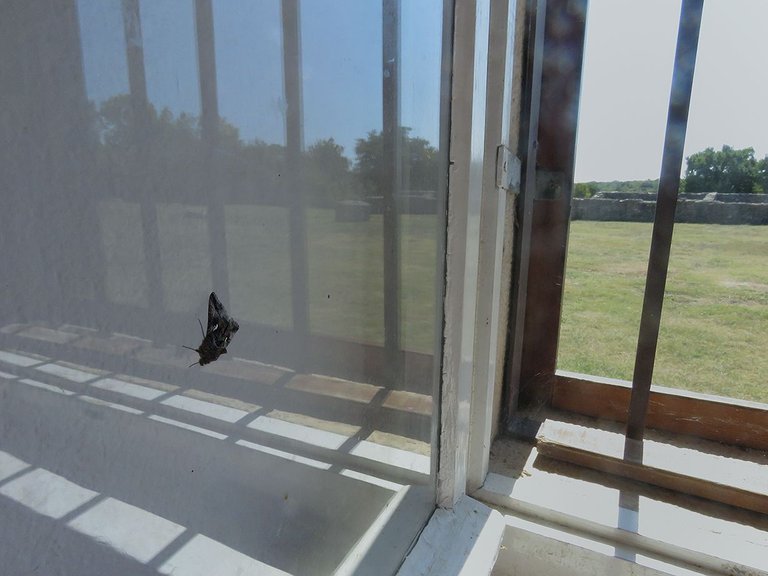
... is resting on the window.
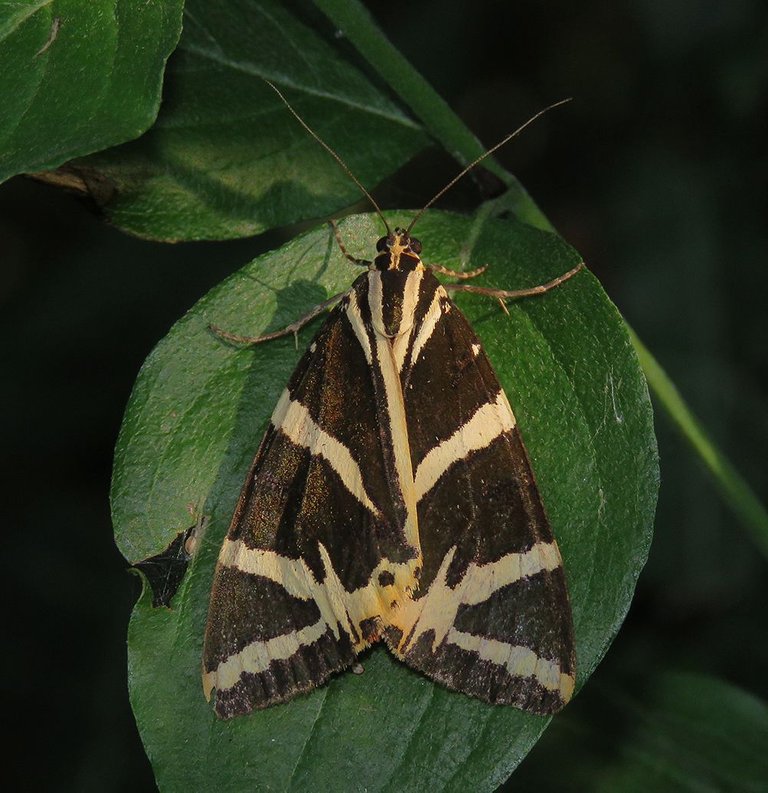
The moth in this shot was photographed outside, on the first line of trees that surround the trimmed lawn of the archeological park. This is the Euplagia quadripunctaria, a species from the Erebidae family.
This jumping spider, can't tell you the exact species ...
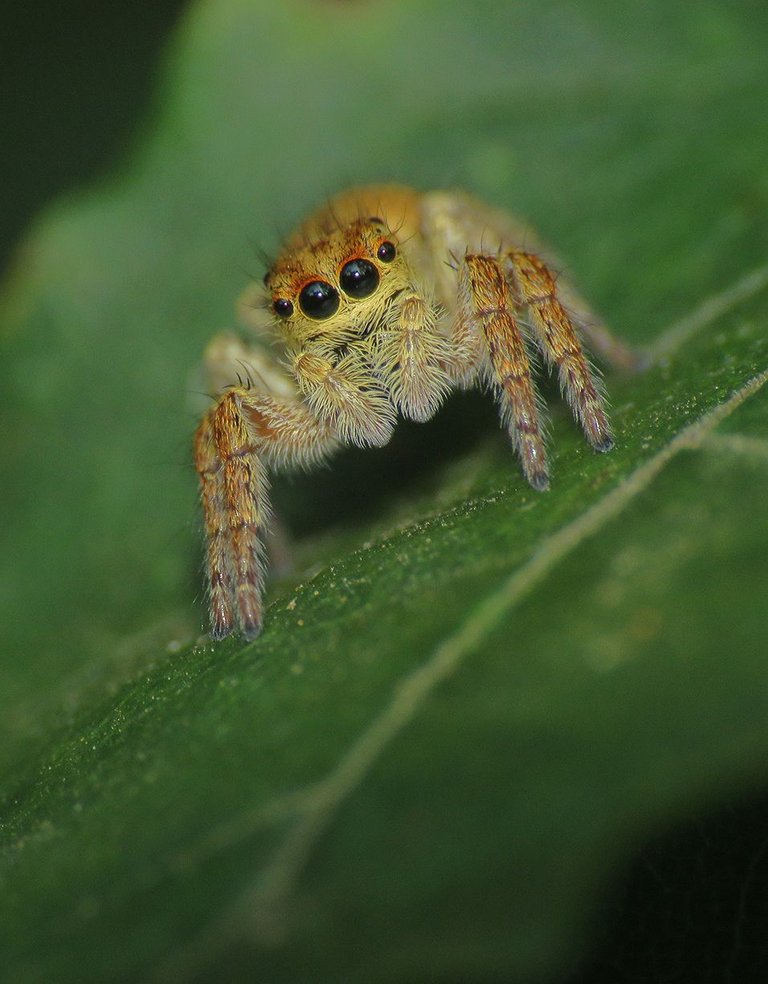
... was caught not far from there, on the leaves of the Acer opalus tree.
Some of the leaves on that tree were covered with mysterious yellow circles. I mean, they looked mysterious and were a mystery to me because I don't know much about trees. I think that this is a product of some fungal disease. With the following photograph ...

... the focus is returning to the stones.
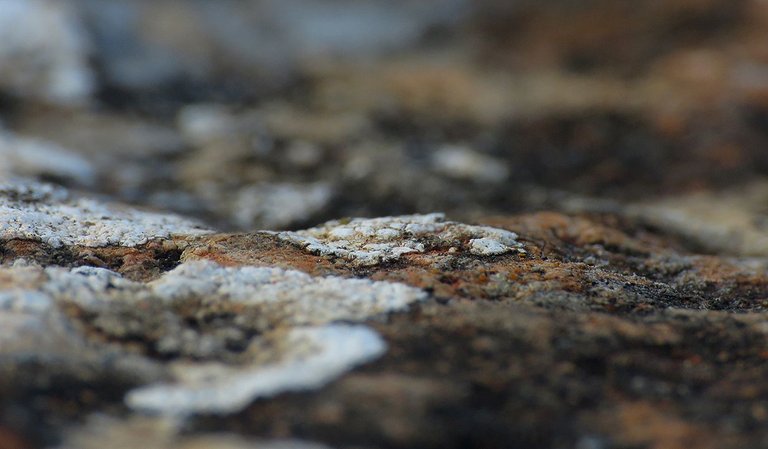
The colors, shapes, and textures ...

... created by the lichens that grow there are pretty amazing.
They often look like some cool abstract art.

In this photograph, you can see a bit of moss mixed with the lichens.
This also looks like some moss & lichens combination, but it's a dark one, and I don't remember encountering this thing before or since the occasion on which these three photographs were taken.
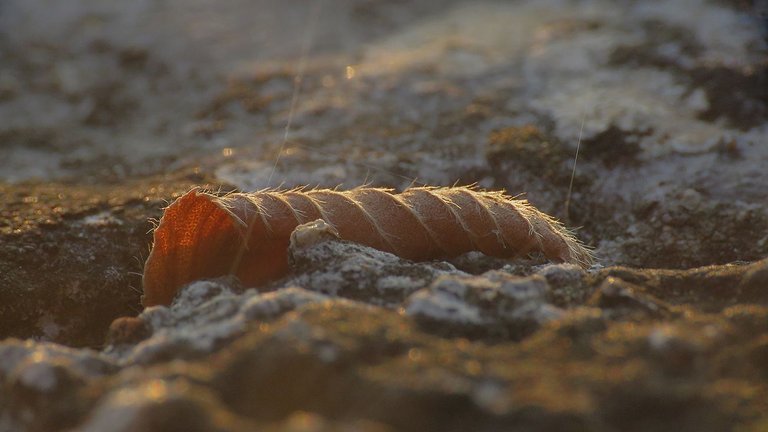
Besides the stones merged in the walls and standalone big blocks that can't be moved by a guy like me, you can always find smaller fragments scattered all around the remains of the city. If you turn one of those ...
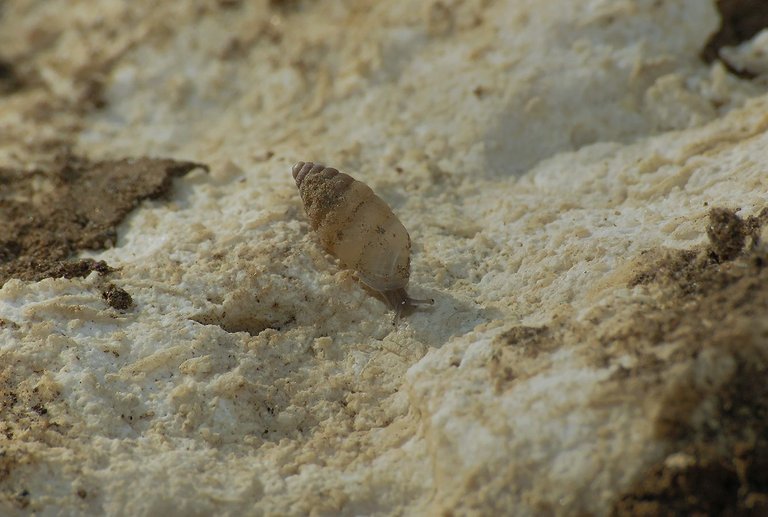
... you may find snails.
The small snails from the Enidae family.
Can't tell you the exact species. It could be the Chondrula tridens. Maybe. I'm far from being sure about that.
The snails are usually inactive at this time of the hot summer day.

But if their shelter from the sun is compromised, you can see them "running" towards the shade.
This spider was also hidden under the stone. I searched on the Internet but wasn't able to identify the species.
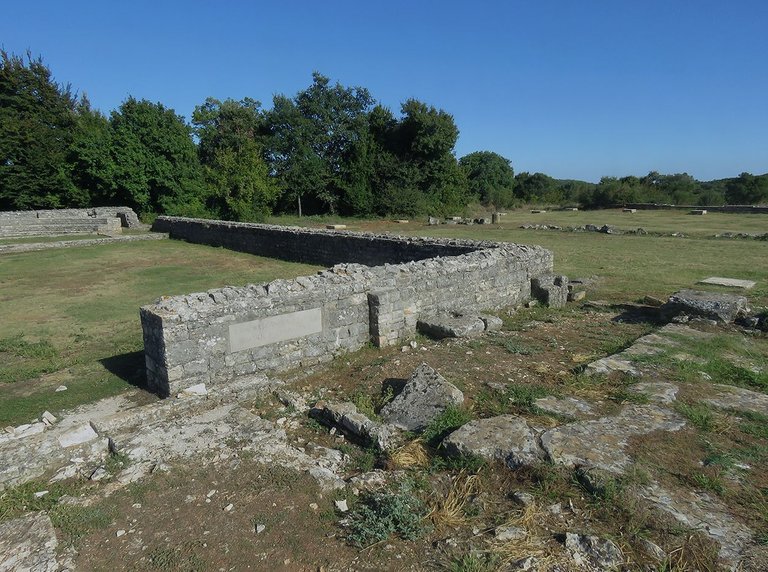
After the Roman victory in 177 BC, the city was ransacked and heavily damaged, but life continued in these new circumstances ...
... and Nesactium was slowly rebuilt into a Roman fortified town. Most of the reconstruction was done during the reign of Emperor Augustus, from 63 BC to 14 AD.
Although Nesactium definitely had a Roman look at that point, the archeological findings from the Roman period show that the new cultural influences didn't break the continuity of some autochthonous traditions. This is particularly visible in the sphere of the spiritual culture of the inhabitants.
Nesactium continued its Roman existence in the shadow of Pola, the nearby new colony that became an important military port with a big limestone Colosseum that is still there, well preserved in the city of Pula.
With many insects crawling on the walls during the summer ...
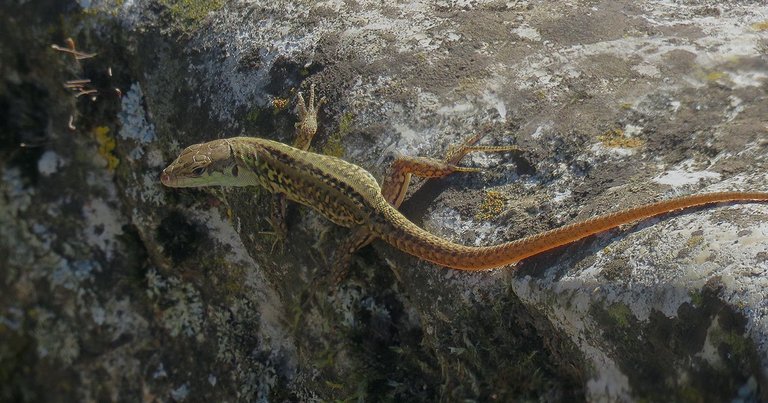
... the lizards can easily find a snack in between periods of basking in the sun. This is the Podarcis siculus, a very common and widespread species. In the following GIF ...
... you can see a species that I rarely encounter ...
... the Algyroides nigropunctatus.
In this series of eight shots, you can see a lovely little arachnid that was also photographed on the wall. This is a velvet red mite from the Trombidiidae family. Can't tell you the exact species.
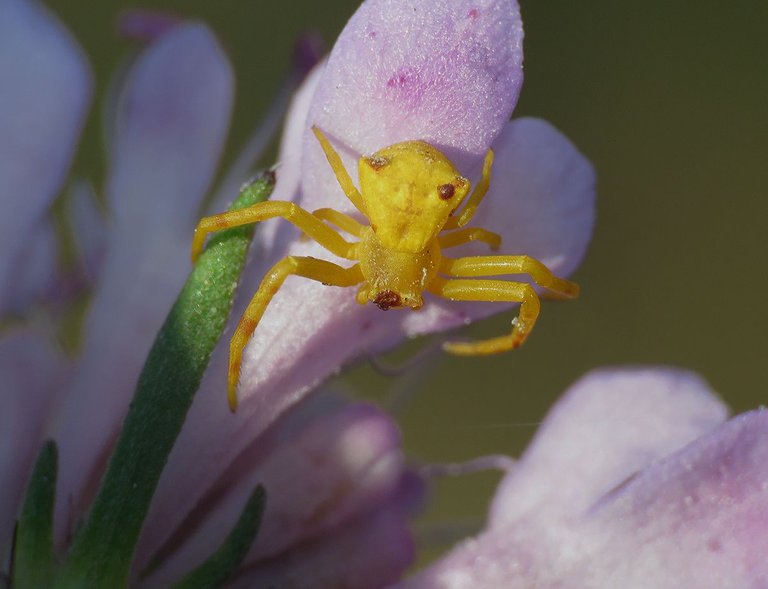
The juvenile Thomisus onustus crab spider in this photograph was hidden under the flowerhead of the Knautia arvensis plant that grew on the lawn near the wall.
Another spider, the Cheiracanthium erraticum has built his sac in between the ears of grass.
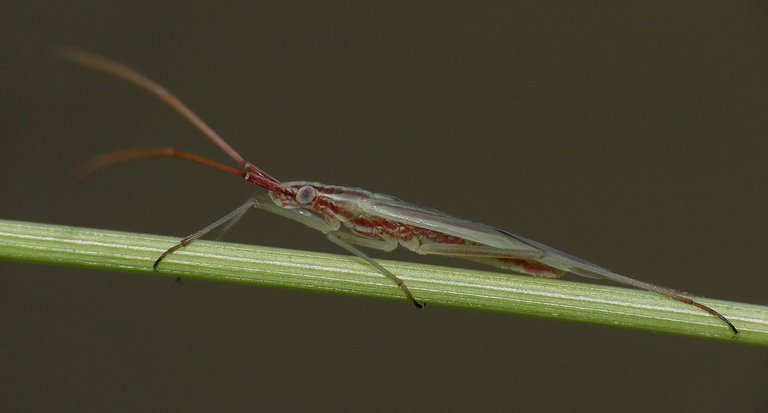
This interesting, well-camouflaged insect ...
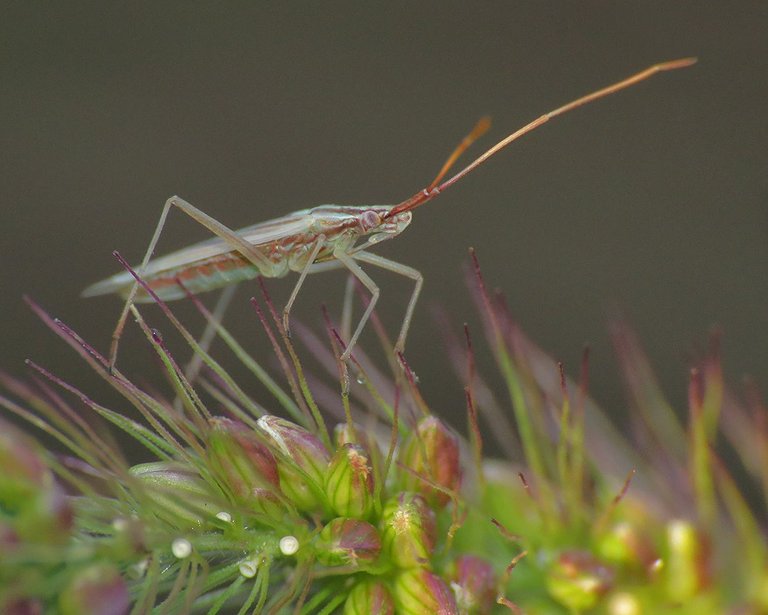
... was photographed on the Setaria pumila grass.
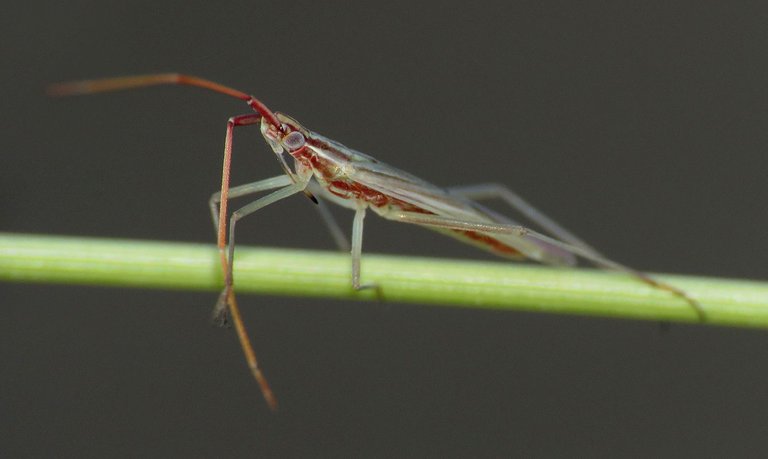
Stenodema calcarata is the name of this bug species from the Miridae family.
Here you can see another small snail that I wasn't able to identify. It was photographed in the evening when many snails come out to feed.
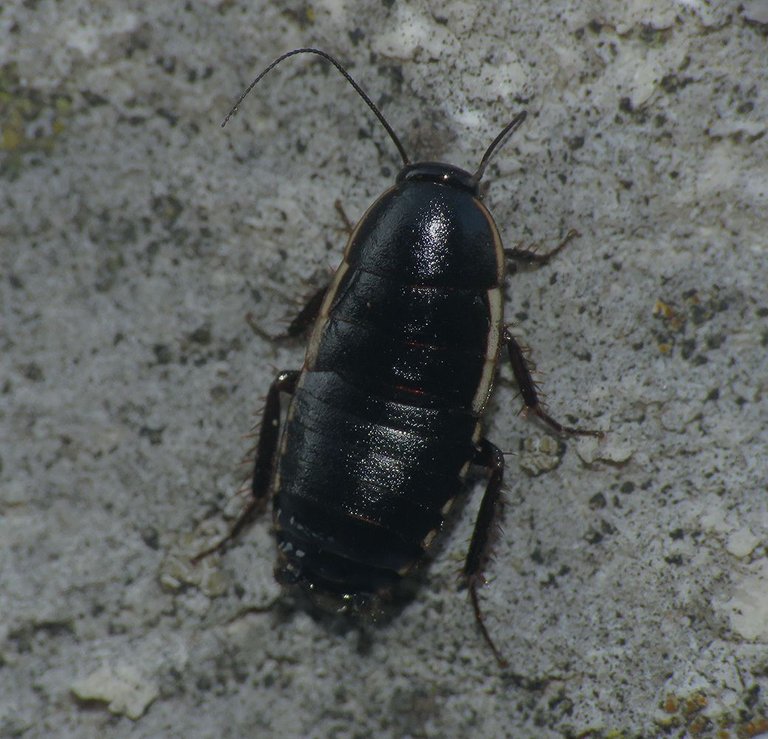
These Loboptera decipiens cockroaches can also be seen crawling around the walls only in the evening or, if you have a lamp, at night.

I can't tell you what exactly is this mysterious little thing attached to the stone. It could be the chrysalis of some small moth. Or a shelter built by the larvae.
Towards the end of the Late Roman period, the city was slowly but certainly declining, and after the 7th century, the organized, urban life definitively didn't exist anymore.
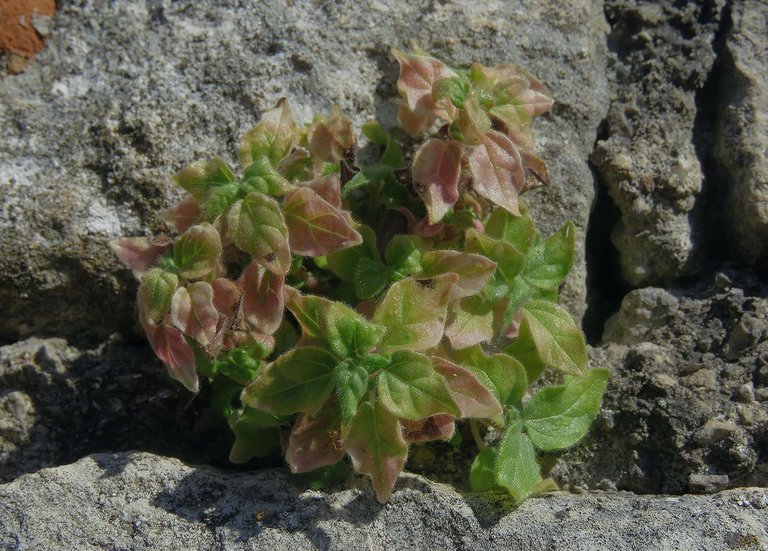
It is assumed that this was a consequence of the Avar and Slavic invasions of Istra in the period from the year 599 to 611. In the first centuries of the Middle Ages Nesactium experienced the fate of many ancient cities that were abandoned. Some form of human activity, however, survived in the mostly deserted Nesactium, but not for long, and only in a very improvised, kinda post-apocalyptic form. Traces of simple, rural fireplaces and campfires were found in the ruins of the Late Roman homes and basilicas.
Through the Middle Ages, only the name survived in the local toponymy. It was mentioned as Isacio and Ixazio. In the end, the Slavic, Croatian version - Vizache got stuck in the local population, and that's how Nesactium is still called in this area, that's the name that I first heard as a kid.
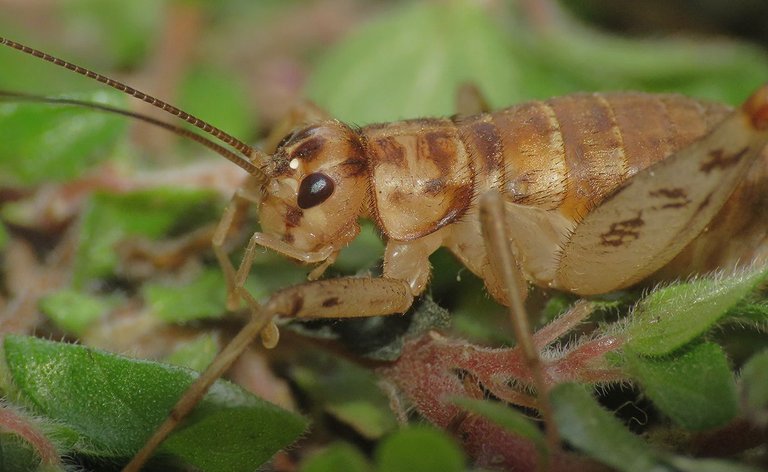
In this photograph, you can see a cricket.
A well-camouflaged, hard-to-spot Common Crevice-Cricket (Gryllomorpha dalmatina).
It was photographed among the sparse vegetation surrounded by stones, under which the crickets spend most of the daytime.
Here you can see the young shoots of the Saxifraga tridactylites plant that grew on the soil in the small, shallow hole in one of the big stores that were part of the ancient architecture.
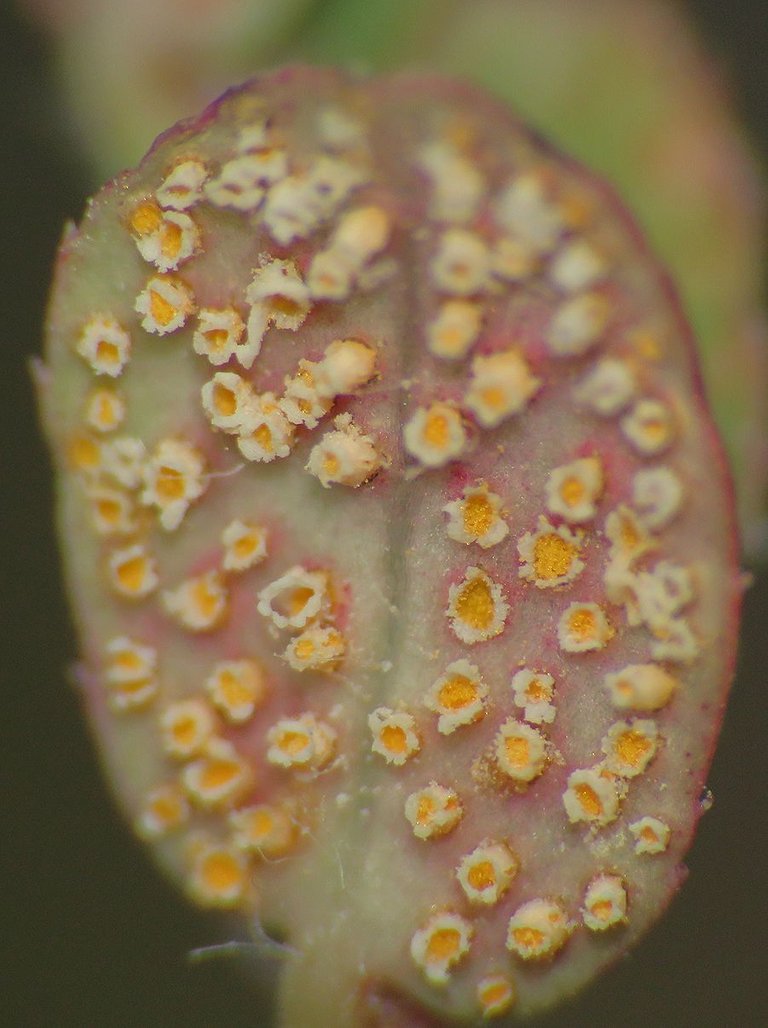
The lower surface of some leaves was covered with a multitude of strange protuberances. It looks like a product of some parasitic fungus, but I can't tell you what is this exactly.
On one of these small, gracile plants, I found a sawfly. Judging by the fancy, feathery antennae this is some species from the Diprionidae family. But I'm not sure about that.

This is the young shoot of the Parietaria judaica that was photographed on the same stone. In the following shot ...
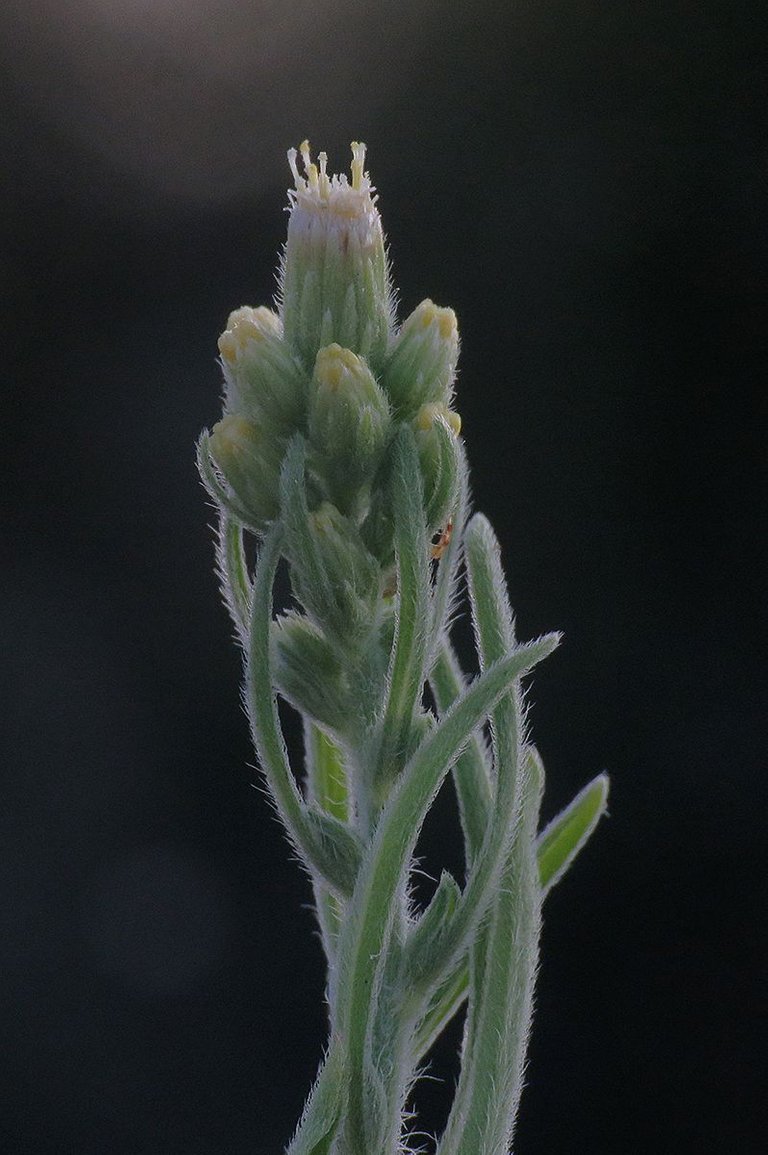
... you can take a look at the shoot of the Erigeron bonariensis.

This plant native to Central Amerika is a relatively new addition to the ecosystems of this area. It wasn't recorded in Europe before the 18th century.
Practically all the plants on the regularly trimmed lawn of the archeological park are small. But sometimes, the robust Verbascum thapsus appears on the scene in between two trimmings.
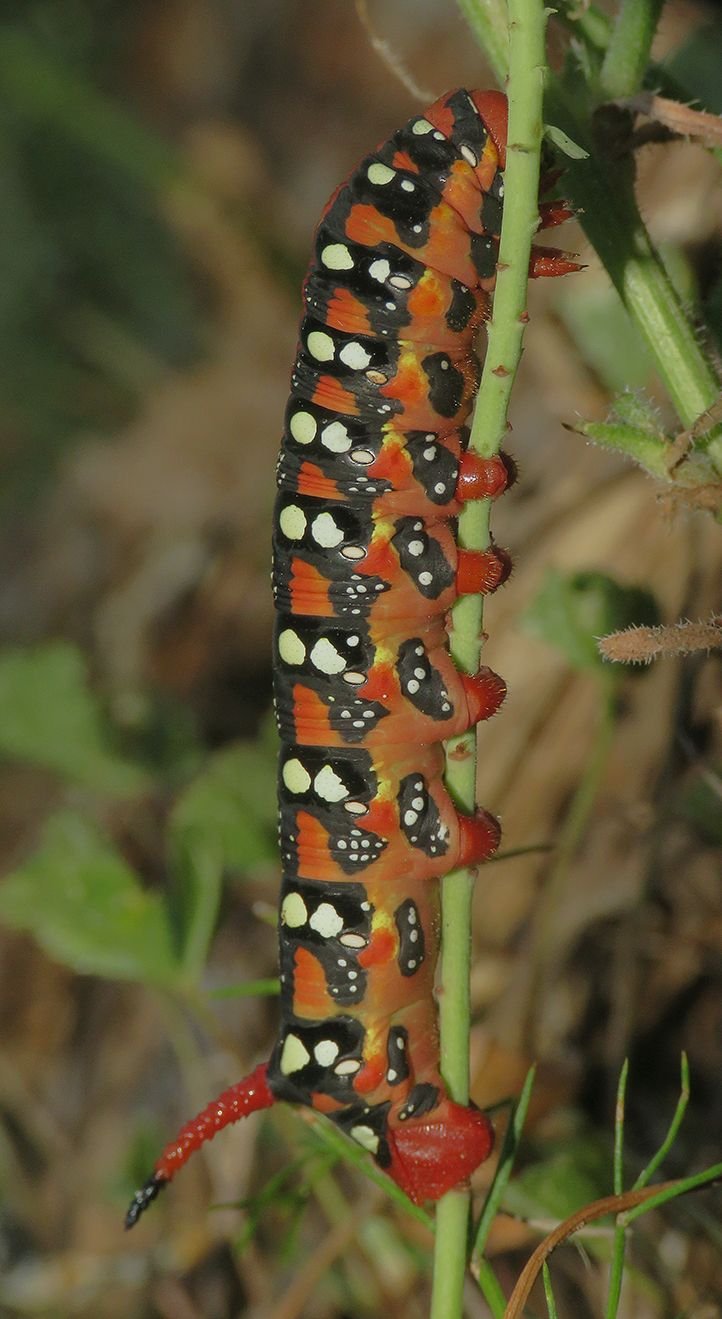
The colorful caterpillar in this shot was photographed on the Cypress spurge (Euphorbia cyparissias)
This is the larva of the Spurge hawk-moth (Hyles euphorbiae) ...
... one of not many animals that can digest the toxic leaves of Euphorbia.

Sometimes, in the first days of August, the ancient protagonists of the Nesactium's history suddenly reappear ...
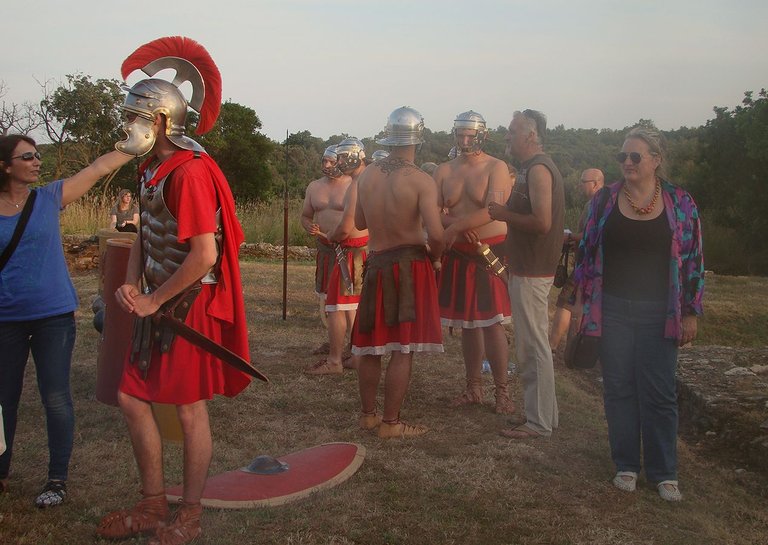
... brought by the supernatural efforts of the regional tourist board.
More often than not these historical reenactments are painfully boring and cheesy as hell. But sometimes, some moments look pretty cool when frozen in a photograph.
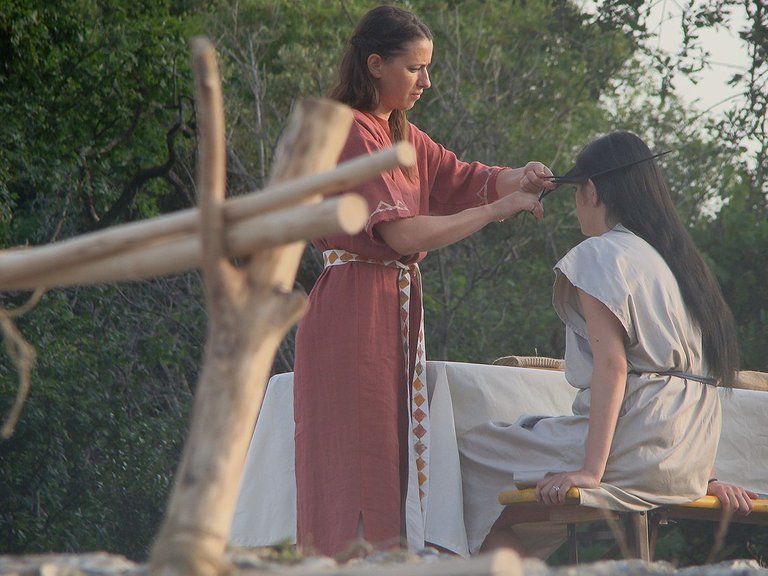
Here you can see two Histri - girls working on an antique hairstyle. The scene was quiet and cool. It looked quite authentic from a certain angle. In the summer of 2014, they put on a much better show than the warriors and kings.
AND THAT'S IT. HOPE YOU ENJOYED THE JOURNEY. AS ALWAYS IN THESE POSTS ON HIVE, THE PHOTOGRAPHS ARE MY WORK - THE END.
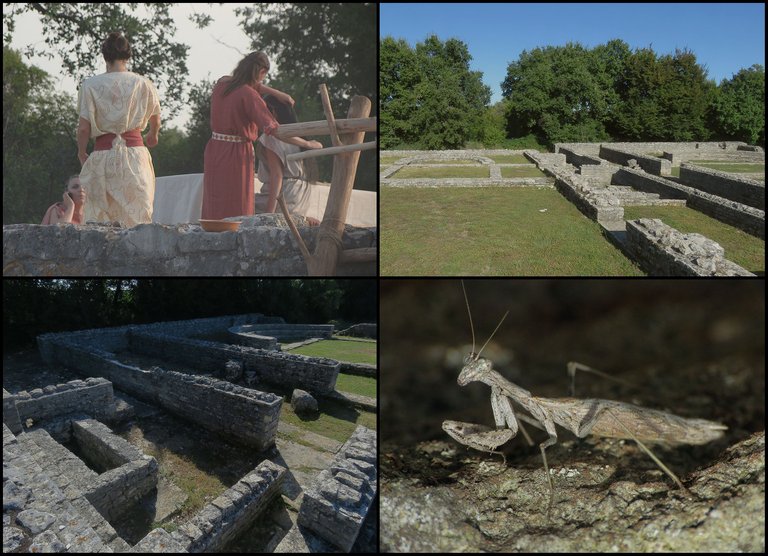

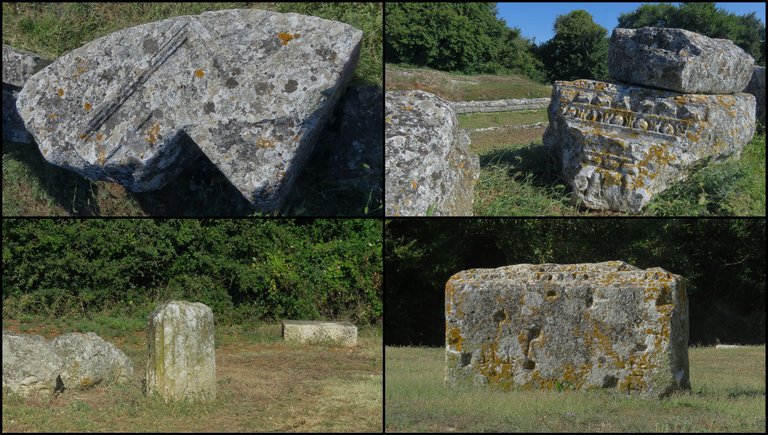
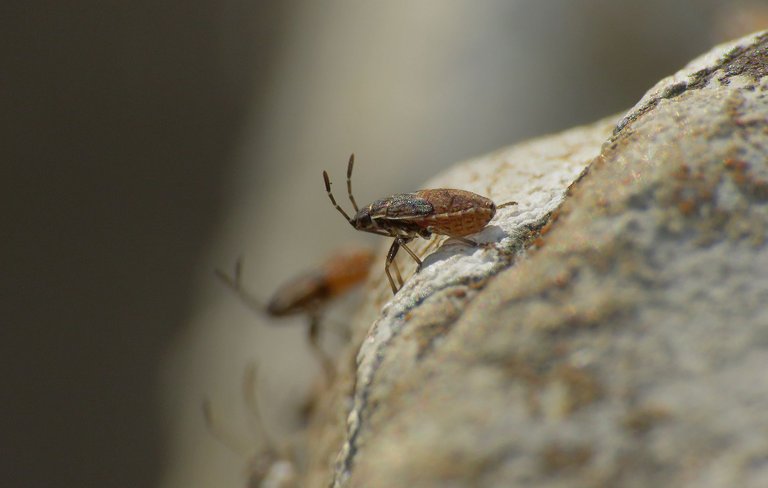


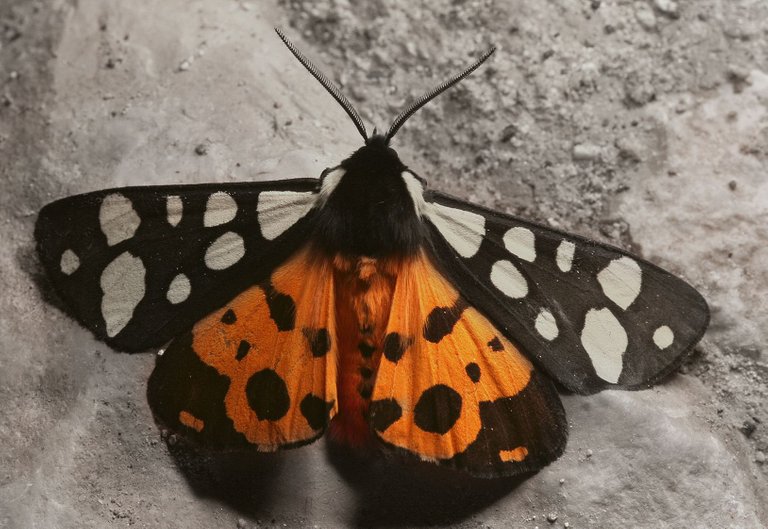
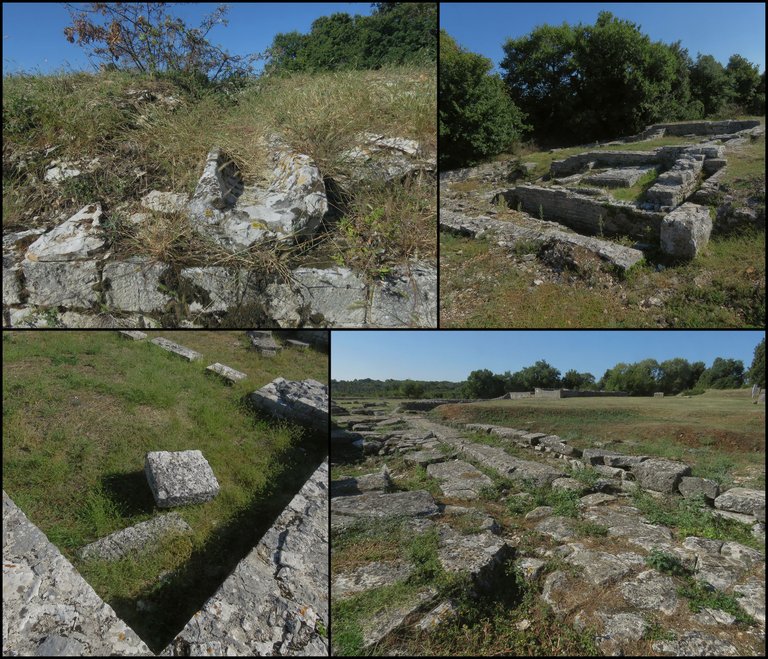



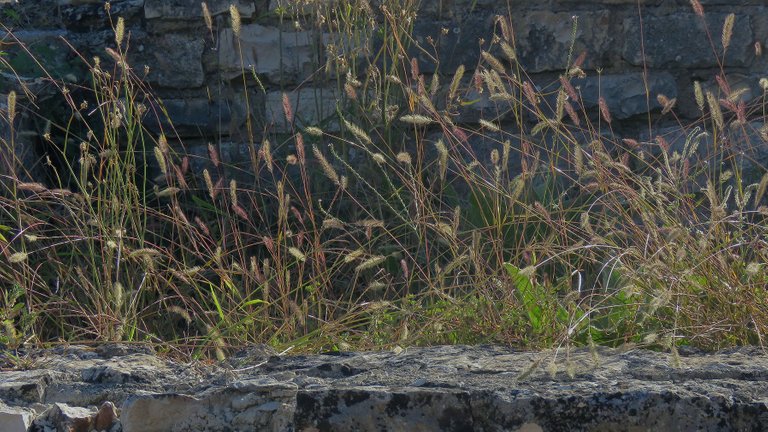

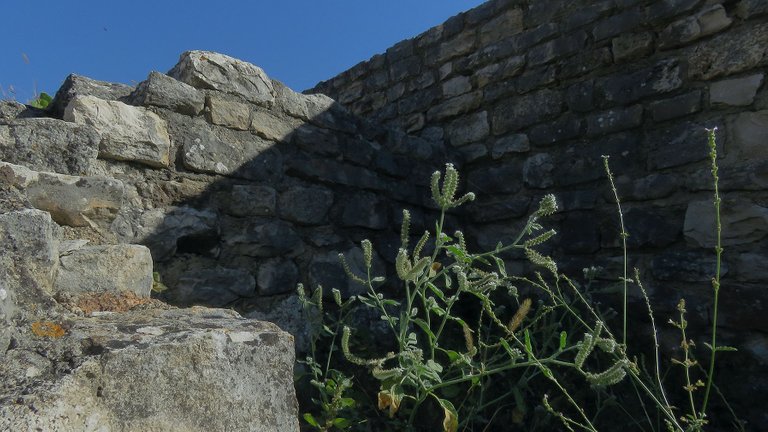
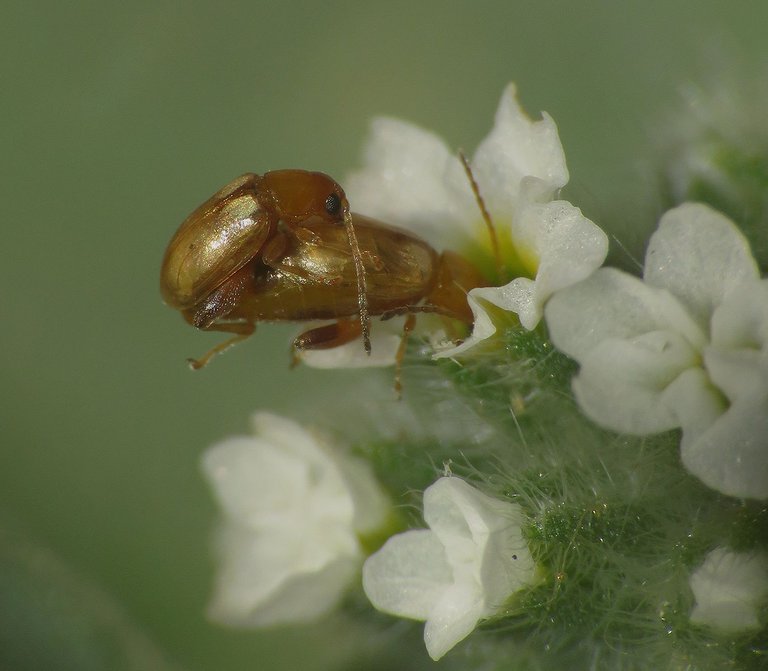




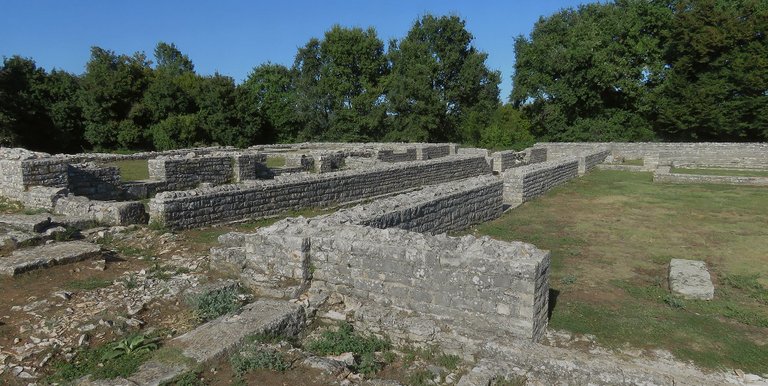
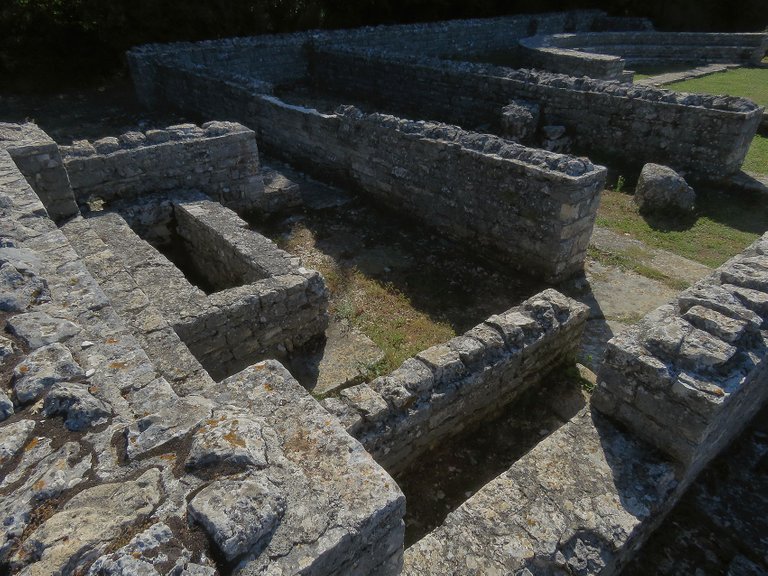



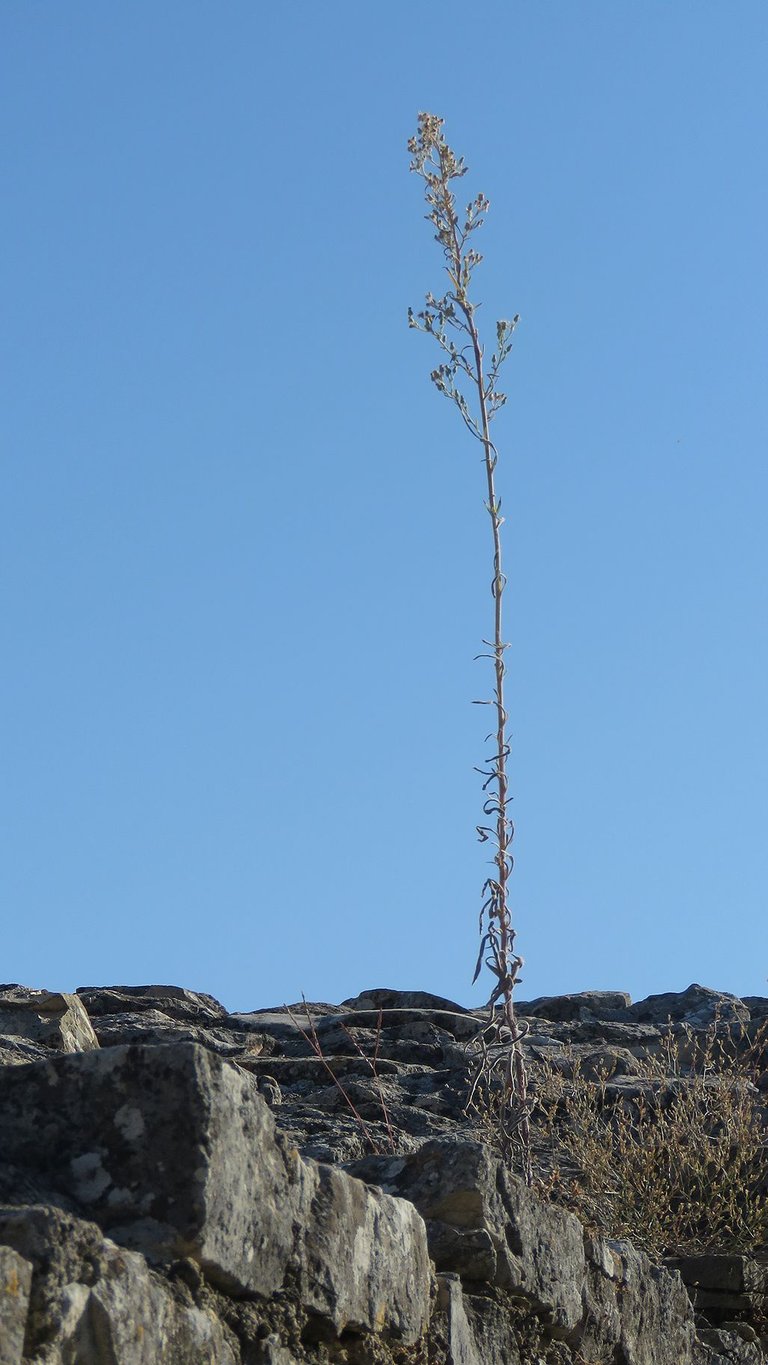
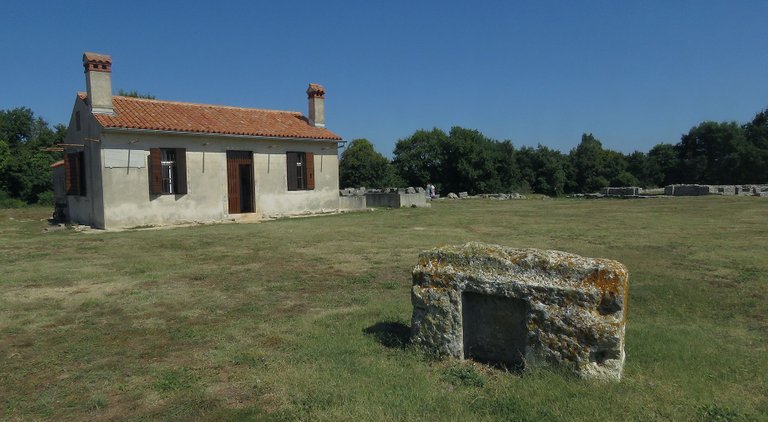

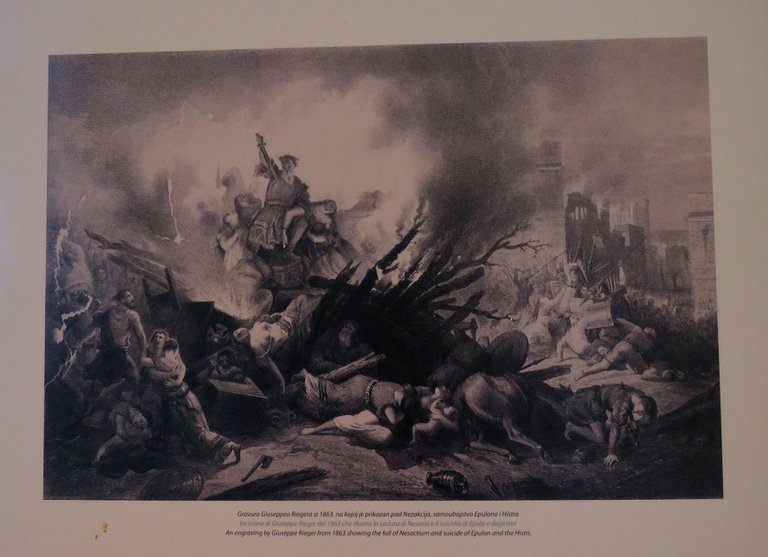
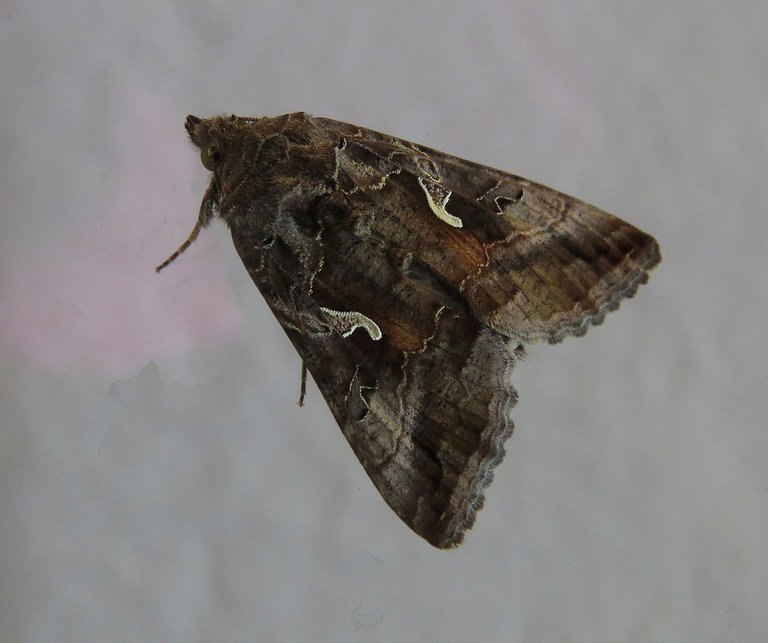
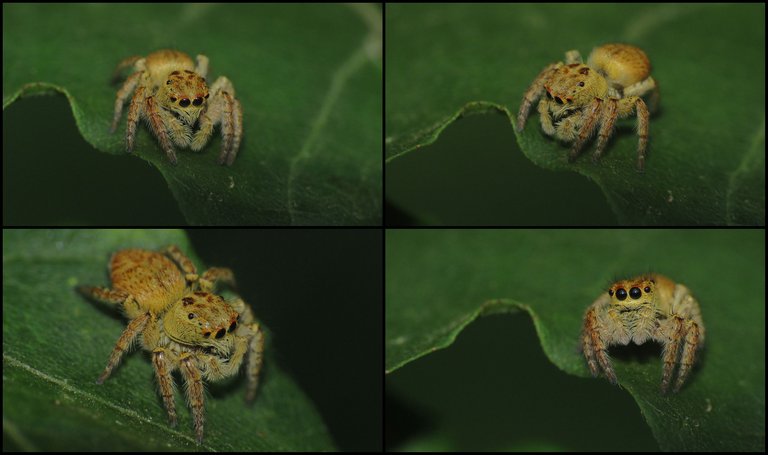
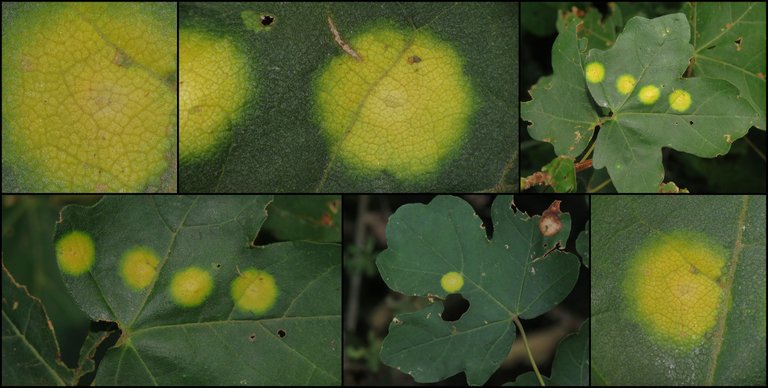
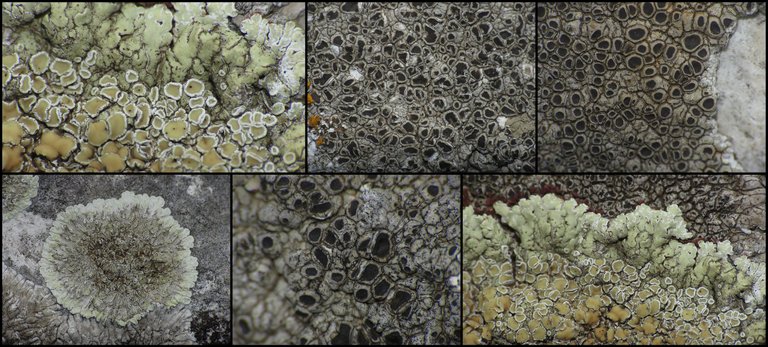



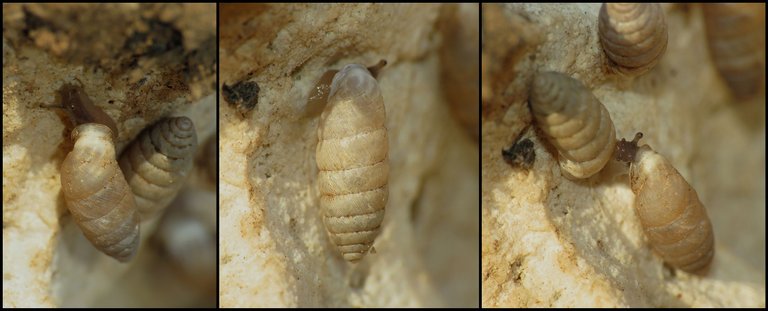
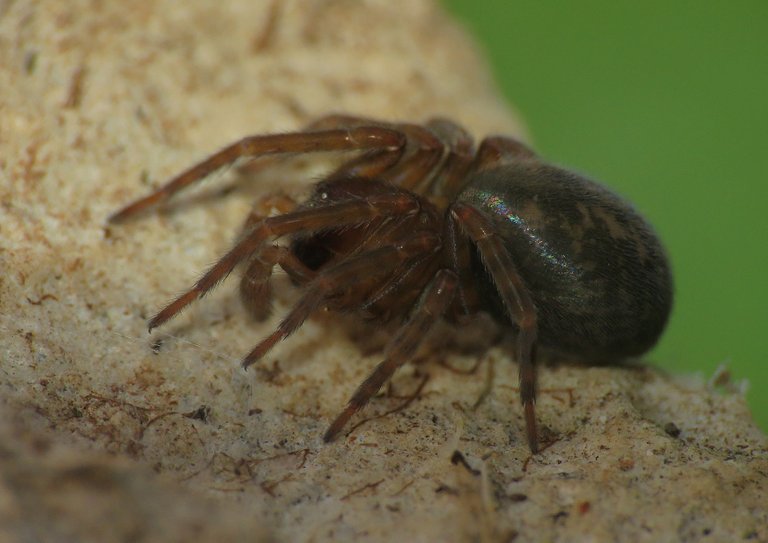
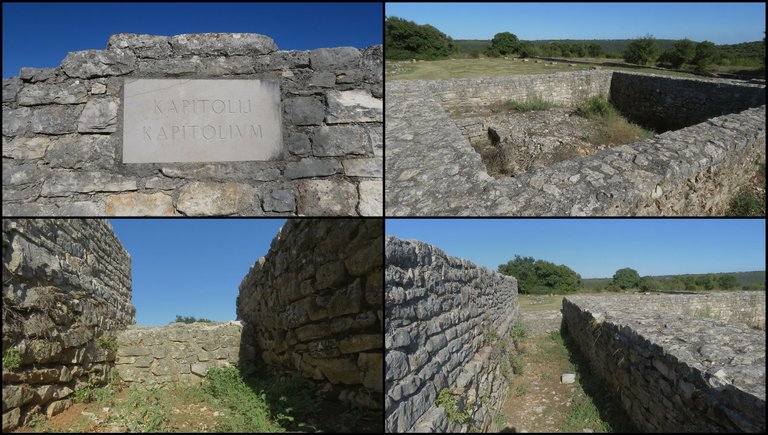

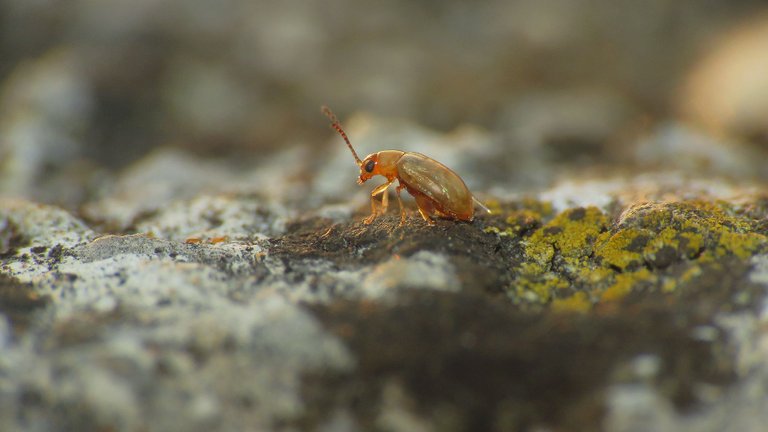
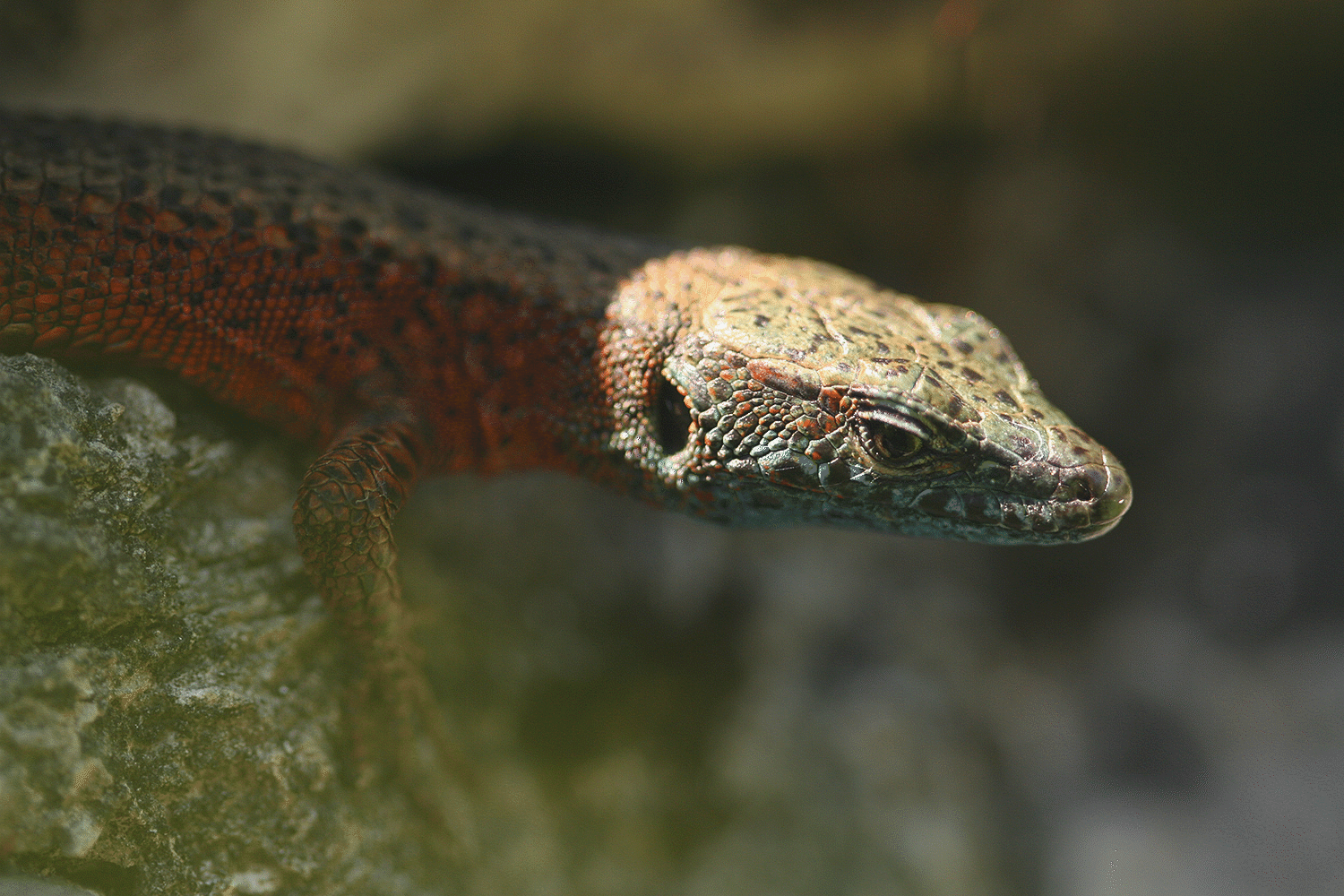
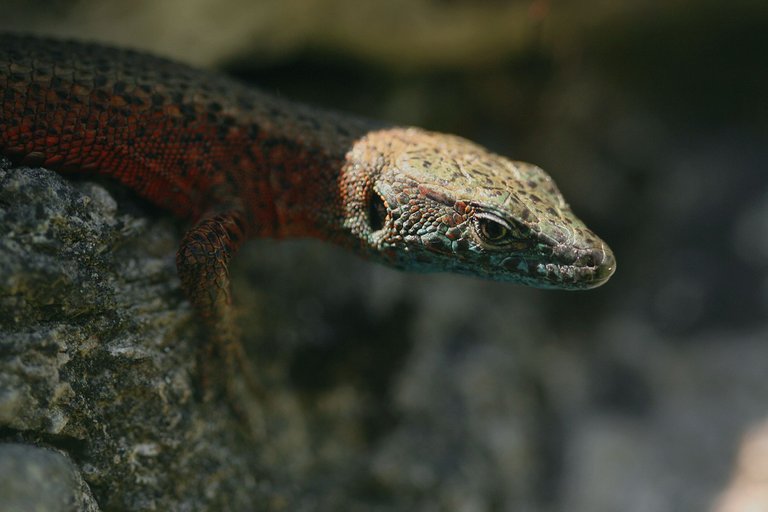

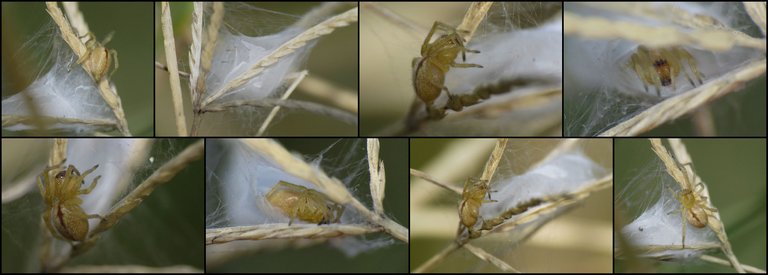
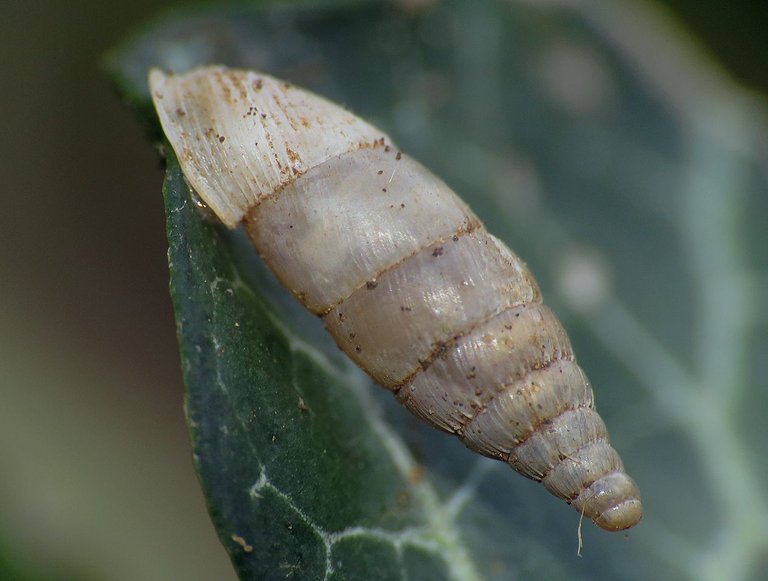


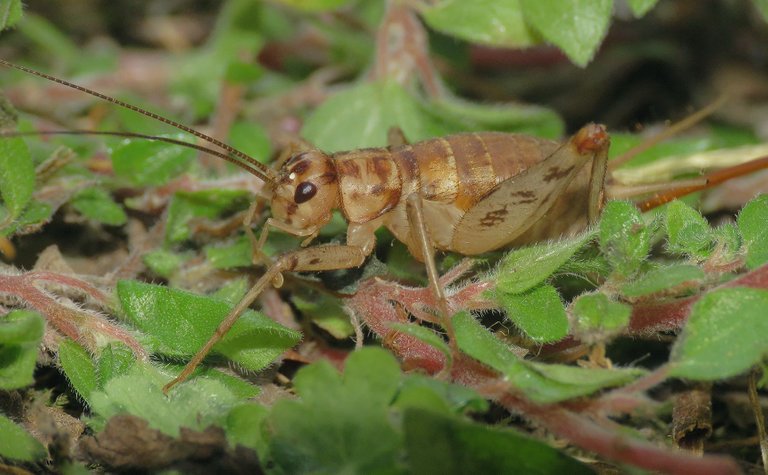
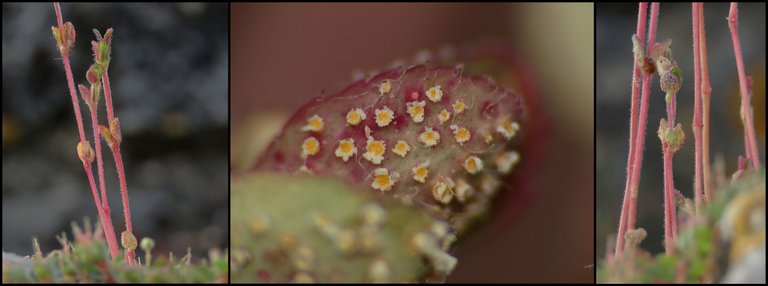
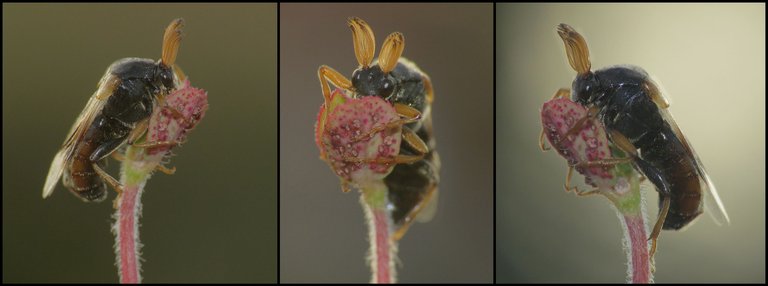
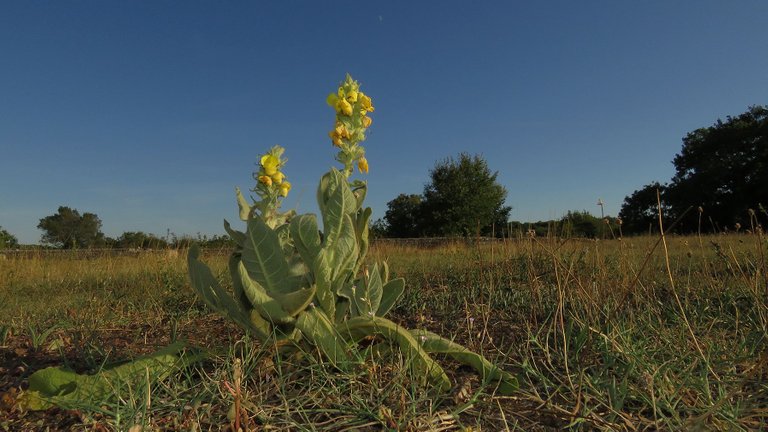


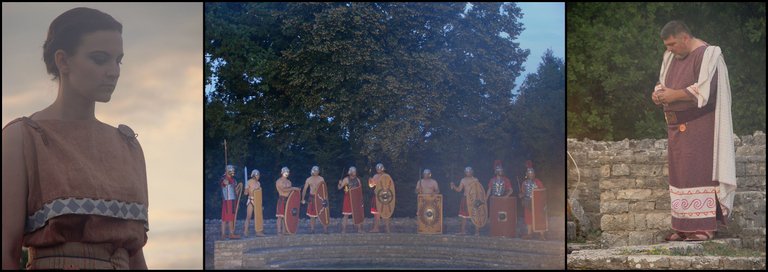
Congratulations, your post has been added to Pinmapple! 🎉🥳🍍
Did you know you have your own profile map?
And every post has their own map too!
Want to have your post on the map too?
Wow, I was amazed to see the Grasshopper whose color was very similar to the stone. Very lucky, because it would be very difficult to tell the difference if you are not observant to see. Nice shot sir @borjan. Allow me to reblog it. Blessing
It's amazing the work you do, visiting a historical place is something that can add to our knowledge and insight about past civilizations. But you also don't forget to take photos of the animals and plants there, I really enjoy your post bro 👍
Thank you 🙂 Glad you like the post.
You're welcome my friends @borjan, you are a professional hivian. I really admire your work 👍
!PIMP
You must be killin' it out here!
@andy-vibes just slapped you with 5.000 PIMP, @abizahid.
You earned 5.000 PIMP for the strong hand.
You can still slap 2/3 more people today.
Read about some PIMP Shit or Look for the PIMP District
Cool - I've never seen a mantis in the wild before !
I think life before civilization was kind of interesting 🙂
https://twitter.com/x___rain/status/1507463378201104394
The rewards earned on this comment will go directly to the person sharing the post on Twitter as long as they are registered with @poshtoken. Sign up at https://hiveposh.com.
amazing is it natural stone isn't the building destroyed
Buildings were destroyed, but not completely. The foundations were visible once the earth and stuff on and around them were removed.
Odlične fotografije, pojedine biljke i insekti izgledaju izvanredno, proleće se budi i priroda će povratiti svoj sjaj, nadam se lepim fotografijama i uživanju u prirodi
🙂 Insekti i ostala mala gamad mi jako fale zimi.
When I first saw the photo I thought it was just an ordinary stone used from a demolished building, after I read it turned out to be not an ordinary stone, it turns out that many things about ancient times are still stored there. and the back which is colored like a stone wall do all the grasshoppers there have that color? very difficult for us to find because the color is the same as the wall. I salute you for what you do you share all the things that are there so that nothing is missed for those of us who see it really amazing 👍
There are different grasshoppers in the area. Most of them are better camouflaged in the grass. That one has the best colors for the rocks.
I also think it will be a little difficult to find it
I love getting to know and discovering peoples civilizations to find their ancient ways of living. Great efforts to take wonderful photos. I hope next time you will show more animals in this area. it's amazing exploration region
Awesome photos! Particularly striking are the even and orderly rows of stones of the ancient villa, the fantasy works about how exactly people lived in ancient times on this very place, how they loved, raised children, died ...
I have always enjoyed exploring places with old ruins, especial Roman origin.
!HBIT !LUV
Hivebits blends Hive's blockchain and Bitcoin's ethos. Your effort = your reward. Mine HBIT simply 1-per-day with (no space):
! hivebitsor! HBITor! hbitor$ hbit.Success! You mined .9 HBIT and the user you replied to received .1 HBIT on your behalf. You can receive 100% of the HBIT by replying to one of your own posts or comments. Or, support Hivebits at the official HBIT mine | your wallet | market | tools | connect | <><
This confirmation reply will go off when Resource Credits (RCs) get low. Yet, your hivebits command will still go through and you'll get your HBIT. :)
@andy4475(1/3) gave you LUV. H-E tools | connect | <><
H-E tools | connect | <><
!PIMP
You must be killin' it out here!
@andy-vibes just slapped you with 10.000 PIMP, @andy4475.
You earned 10.000 PIMP for the strong hand.
You can still slap 3/3 more people today.
Read about some PIMP Shit or Look for the PIMP District
Such an excellent article on insects and historical Archietecture !
Your post has been PIMPED !PIMP
!WINE
You must be killin' it out here!
@andy-vibes just slapped you with 1.000 PIMP, @borjan.
You earned 1.000 PIMP for the strong hand.
You can still slap 1/3 more people today.
Read about some PIMP Shit or Look for the PIMP District
Congratulations, @andy-vibes You Successfully Shared 0.100 WINEX With @borjan.
You Earned 0.100 WINEX As Curation Reward.
You Utilized 1/1 Successful Calls.
Contact Us : WINEX Token Discord Channel
WINEX Current Market Price : 0.250
Swap Your Hive <=> Swap.Hive With Industry Lowest Fee (0.1%) : Click This Link
Read Latest Updates Or Contact Us
Is that place guarded by certain officers? Yes, I saw a lot of rocks that had been covered by a lot of moss.
No. It isn't guarded.
thanks for the info boss
I see that you like very old places and I am amazed at how certain fortresses or all sorts of ruins of them have been preserved, I am amazed at how they have withstood the passage of time over them.
Cheers bro!
Cheers 🙂
This is probably the best post I've come across so far. History, culture, and entomology all rolled in one! Total nerd happiness. This is how it should be, showing life (including historical) as it is: a mishmash of everything.
!PIZZA
Thank you 😀 Glad you like this mix.
PIZZA Holders sent $PIZZA tips in this post's comments:
@anikekirsten(1/15) tipped @borjan (x1)
Learn more at https://hive.pizza.